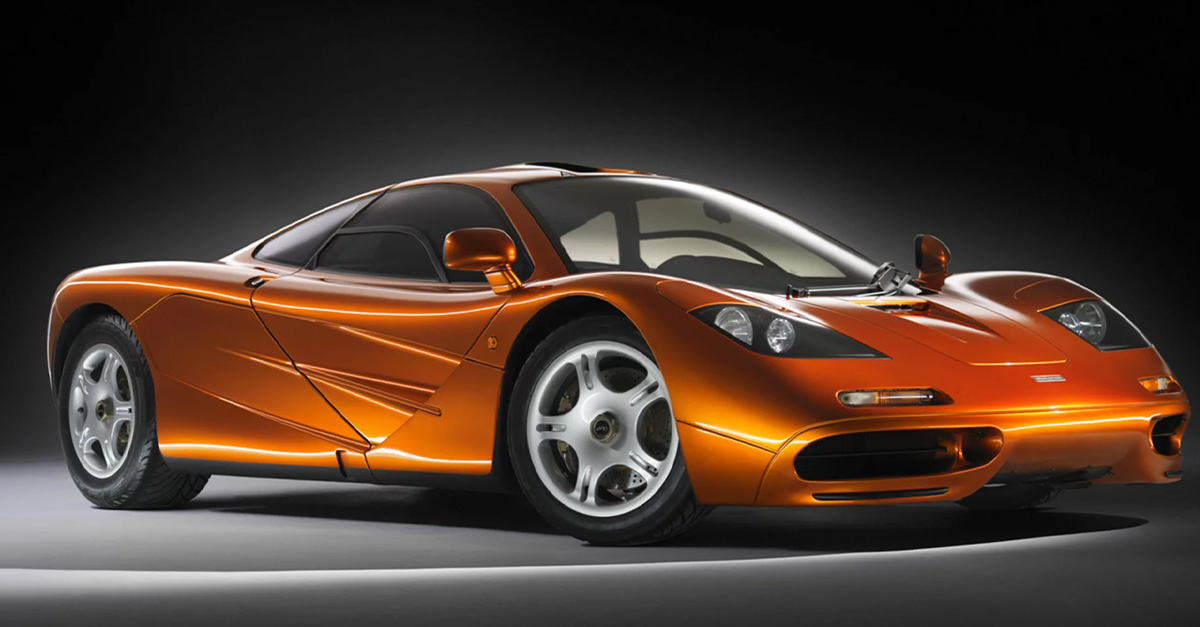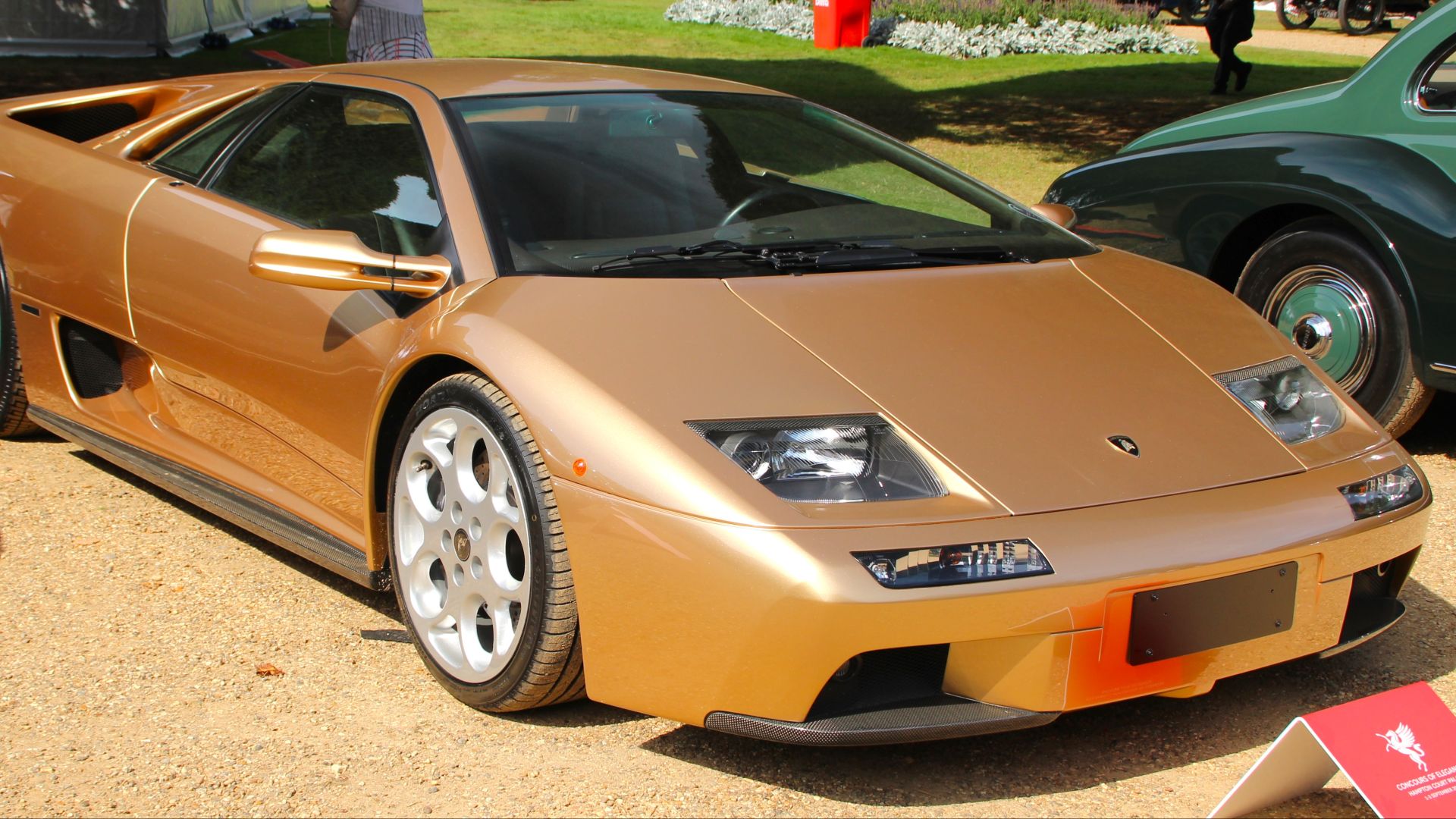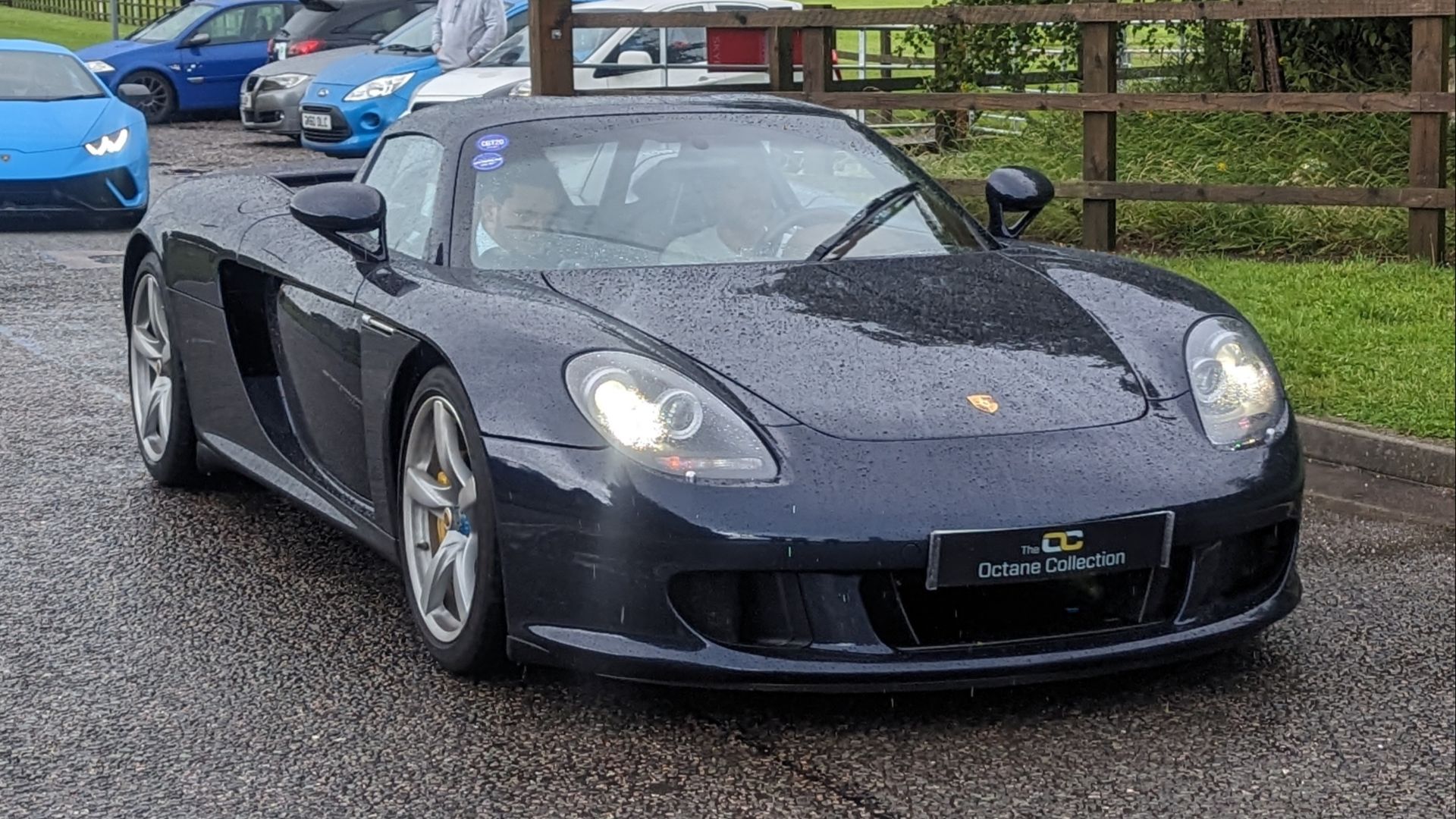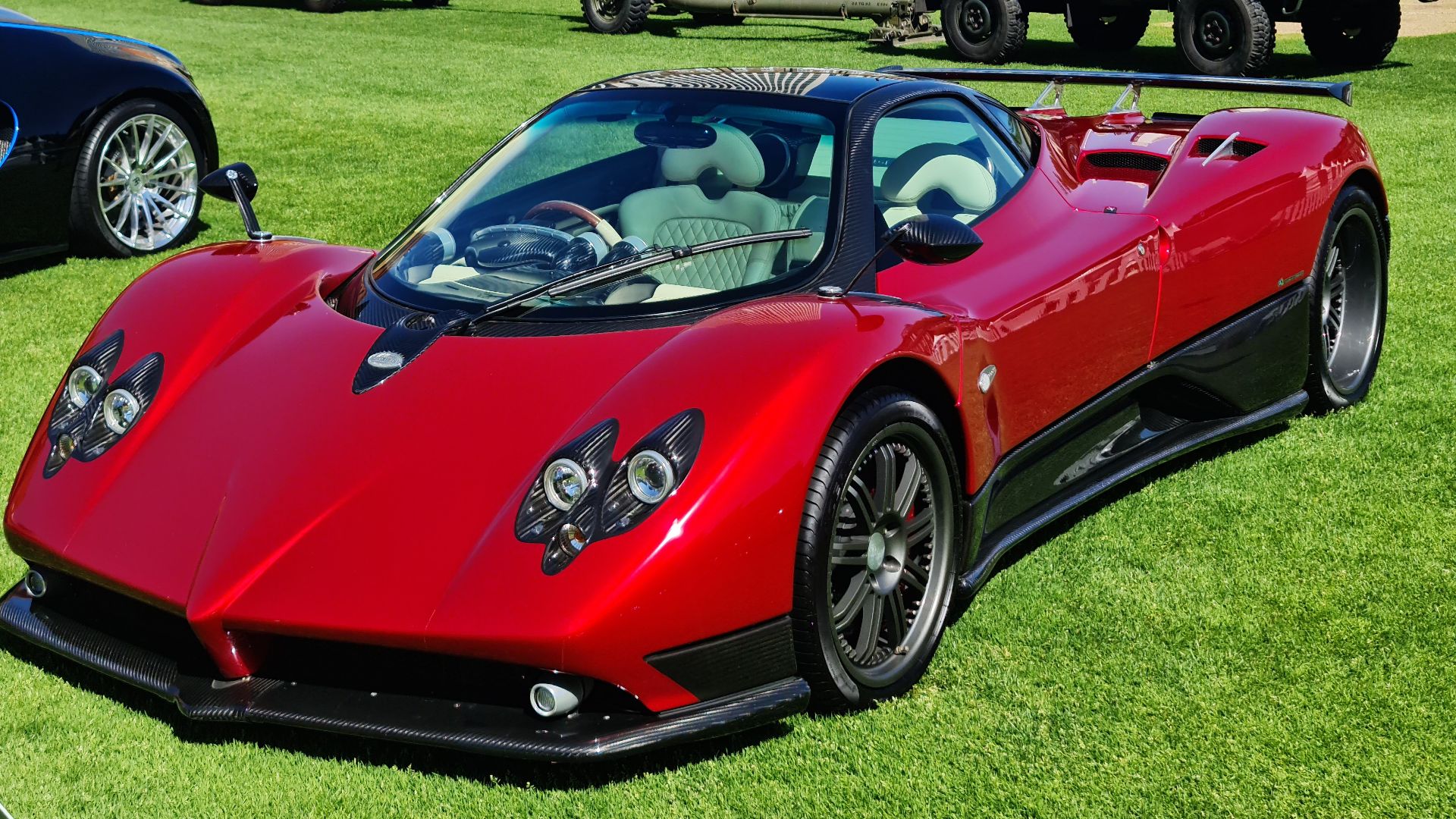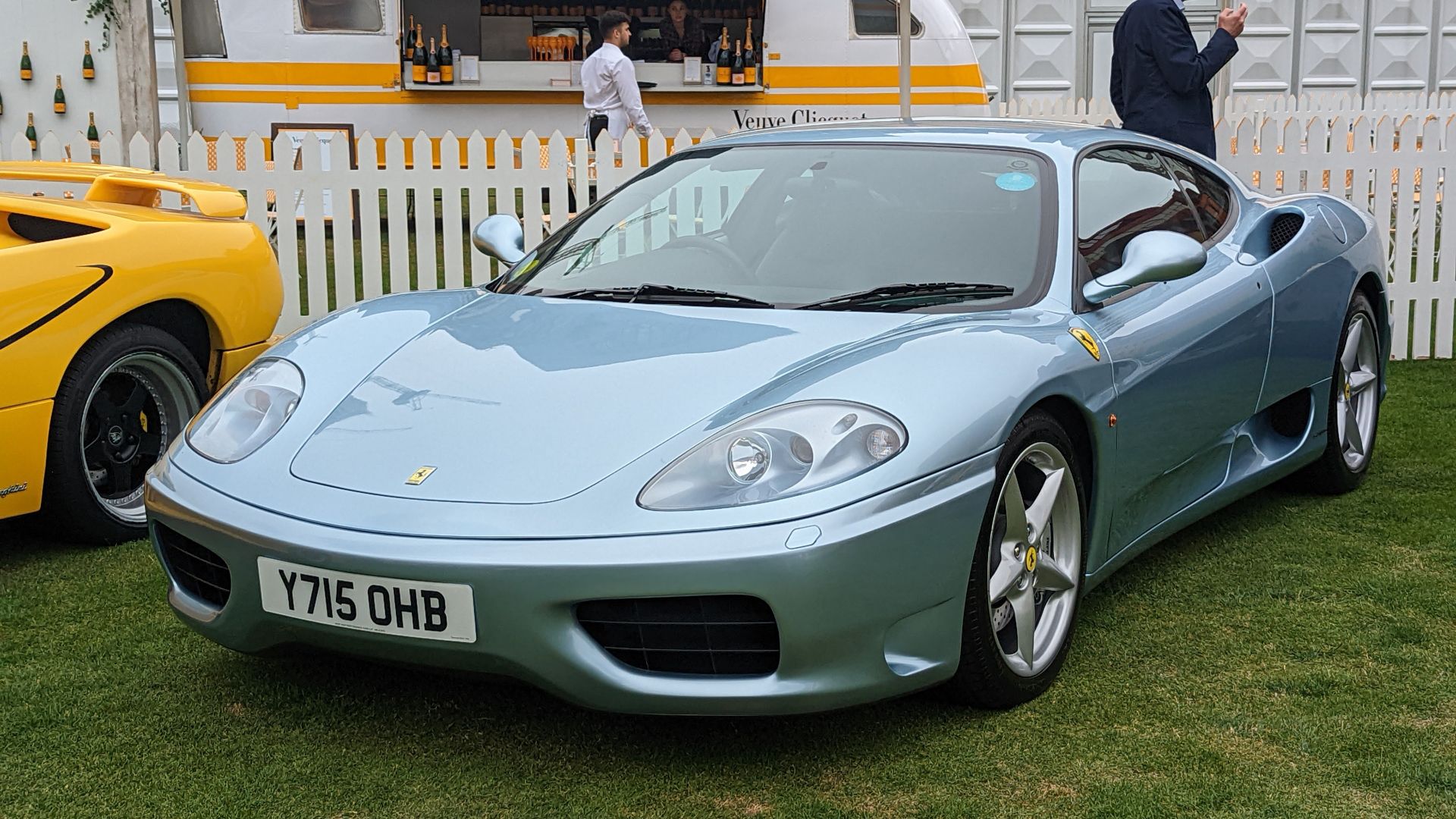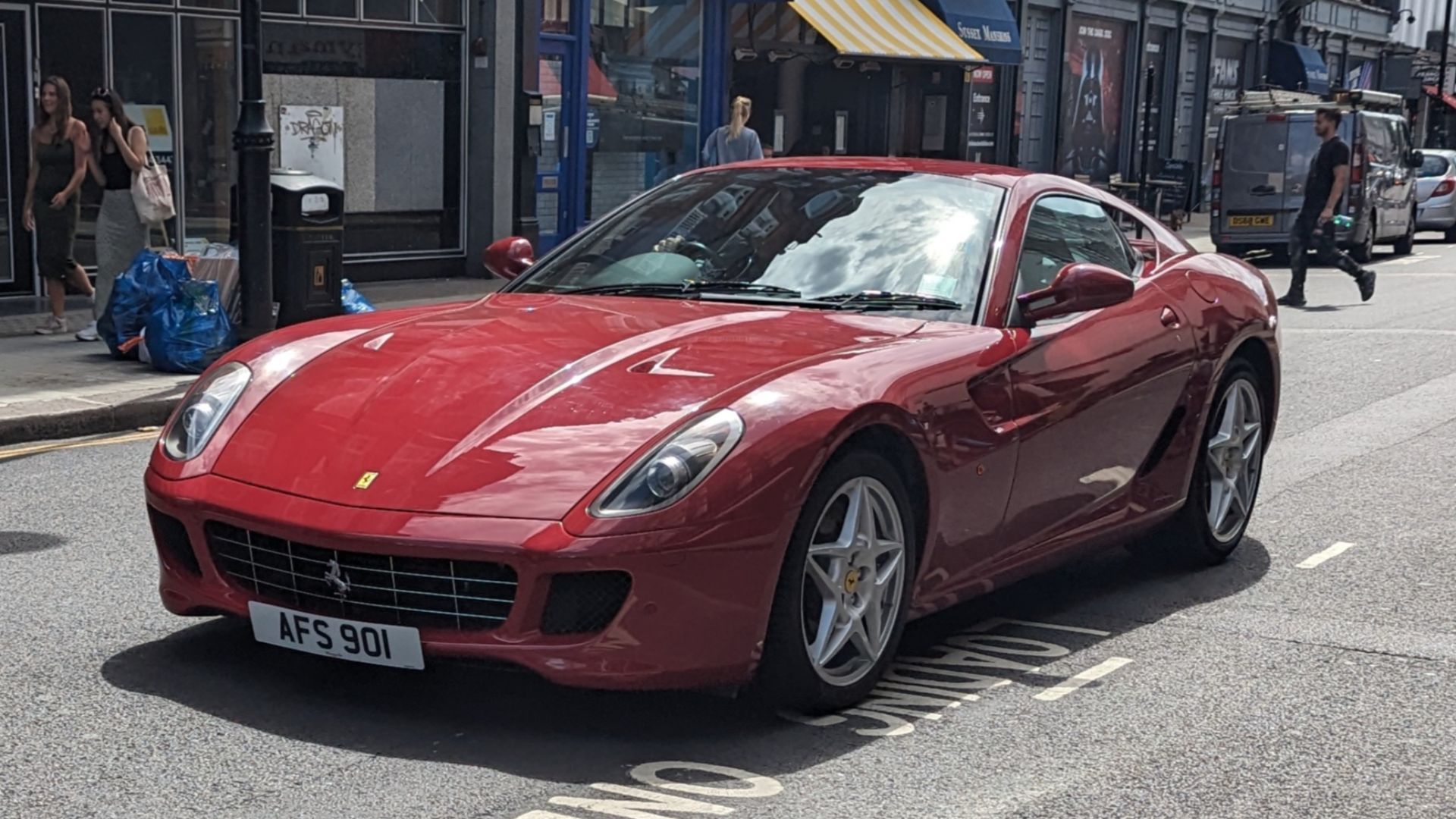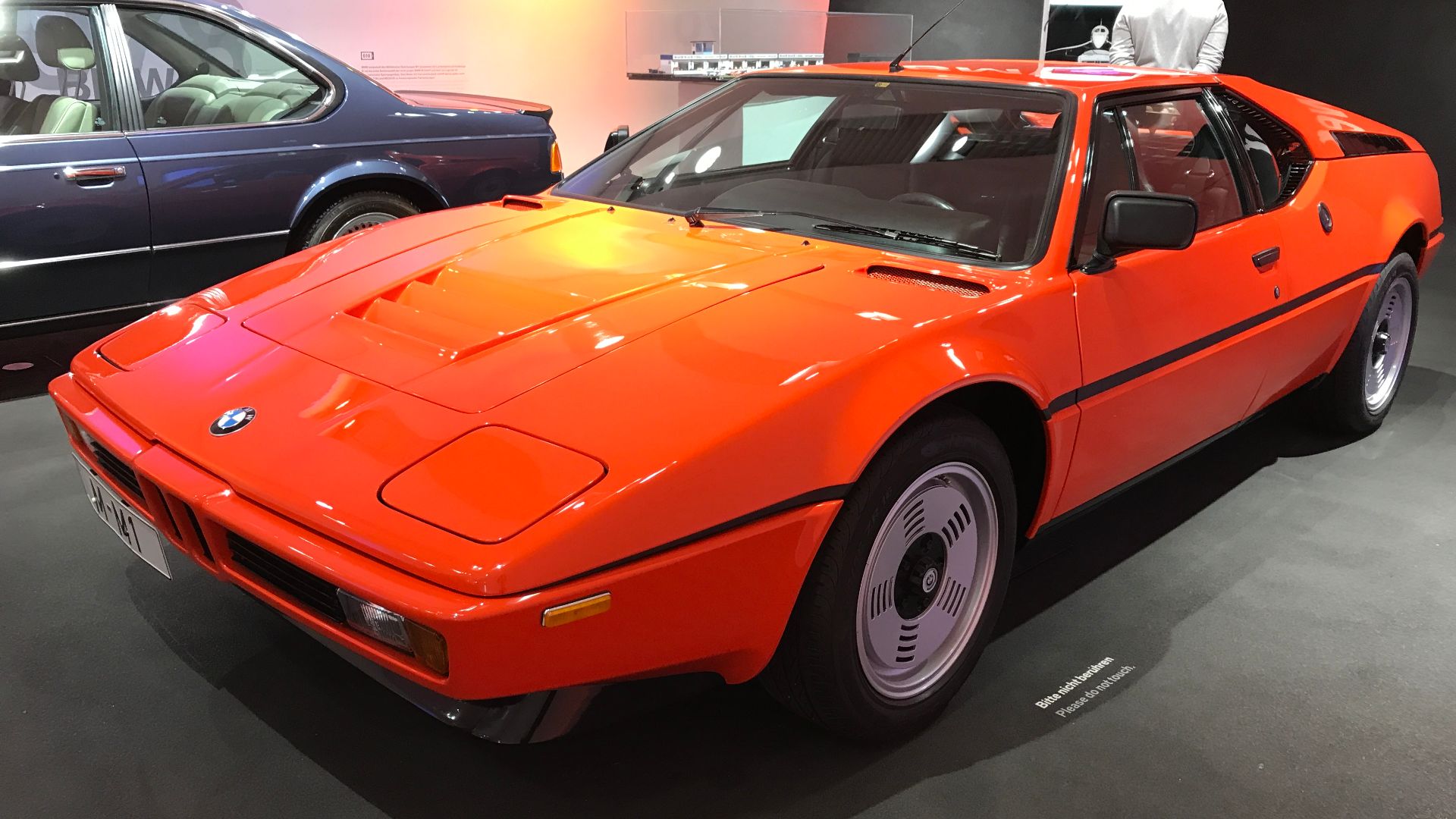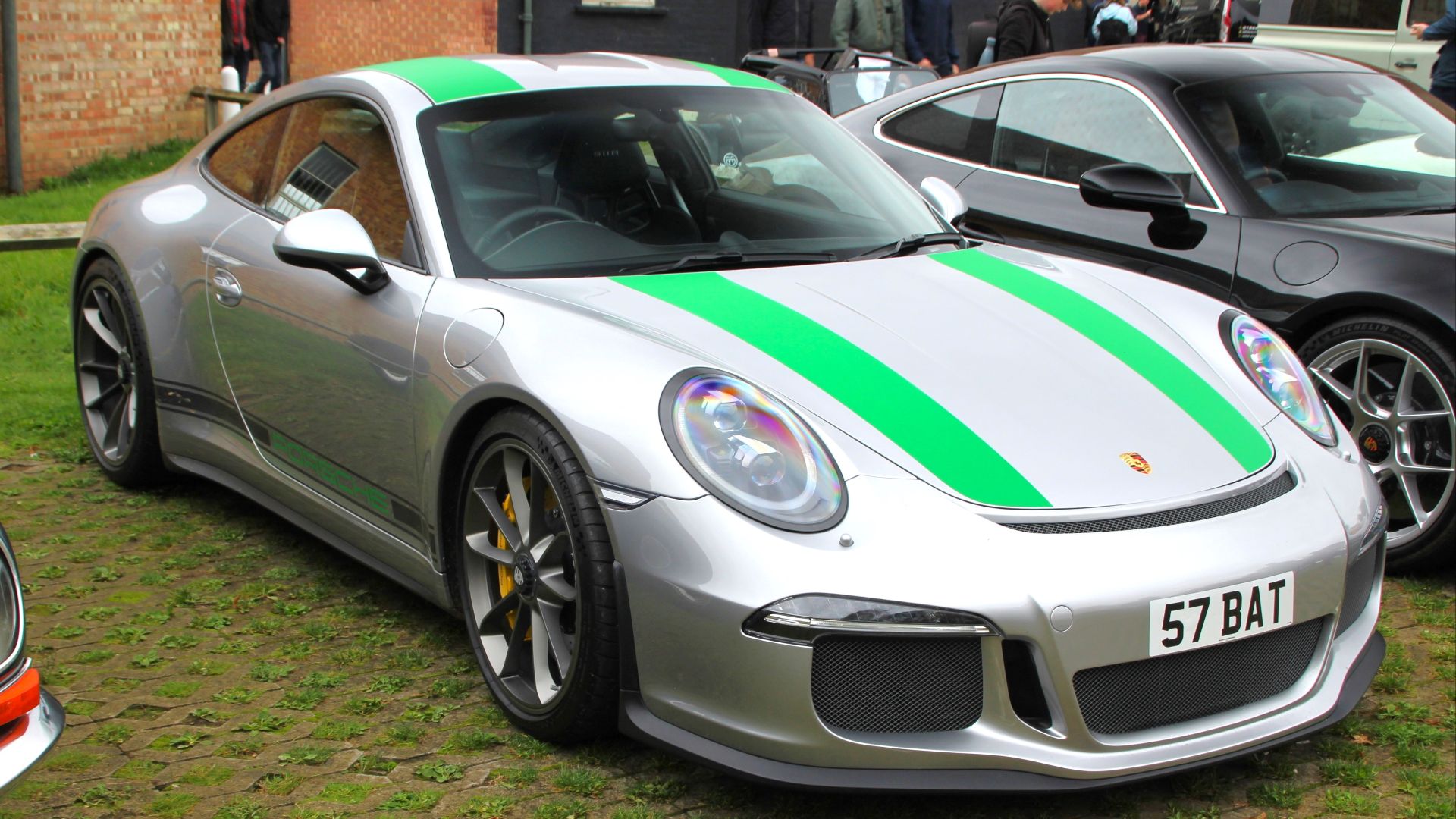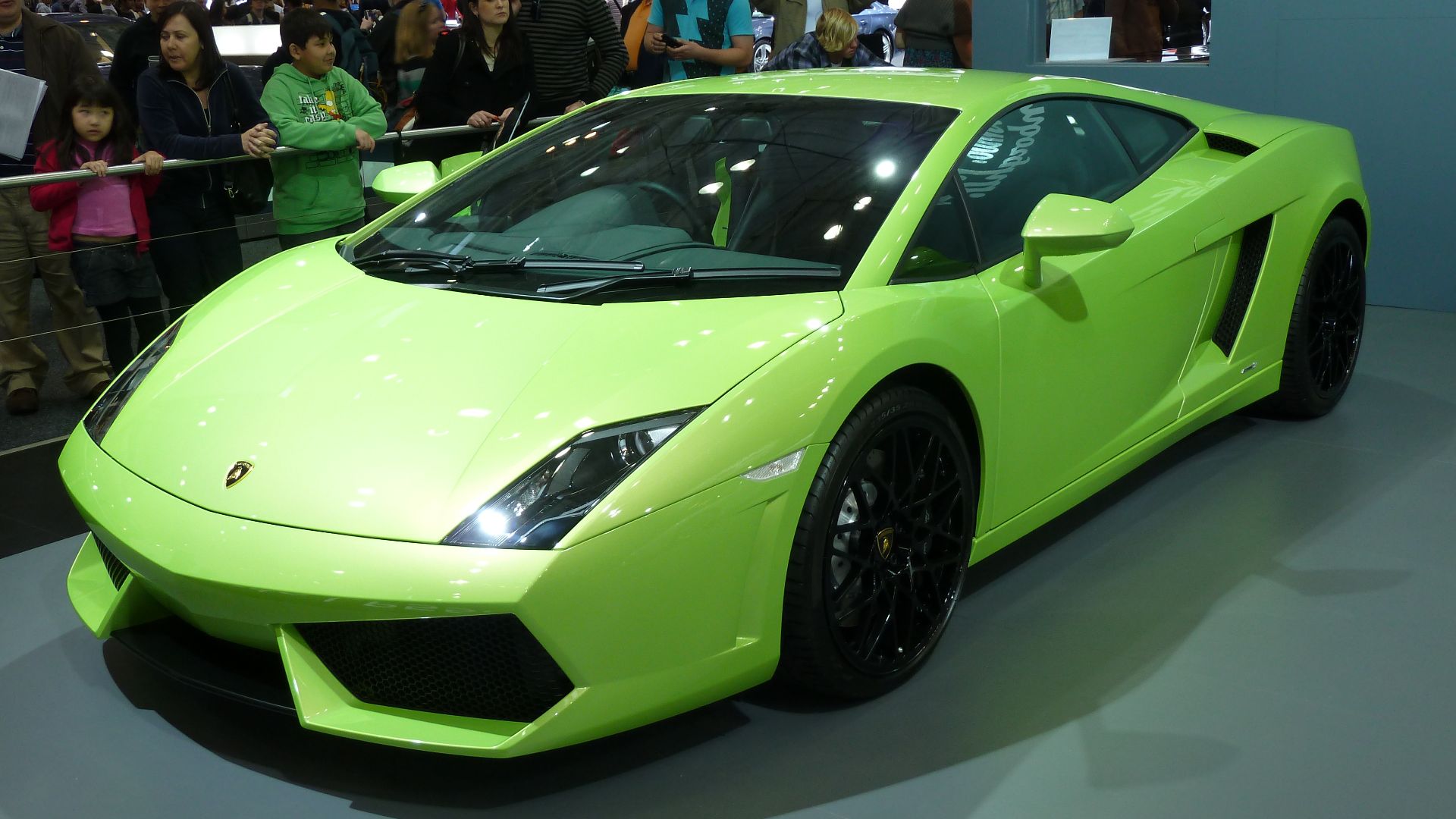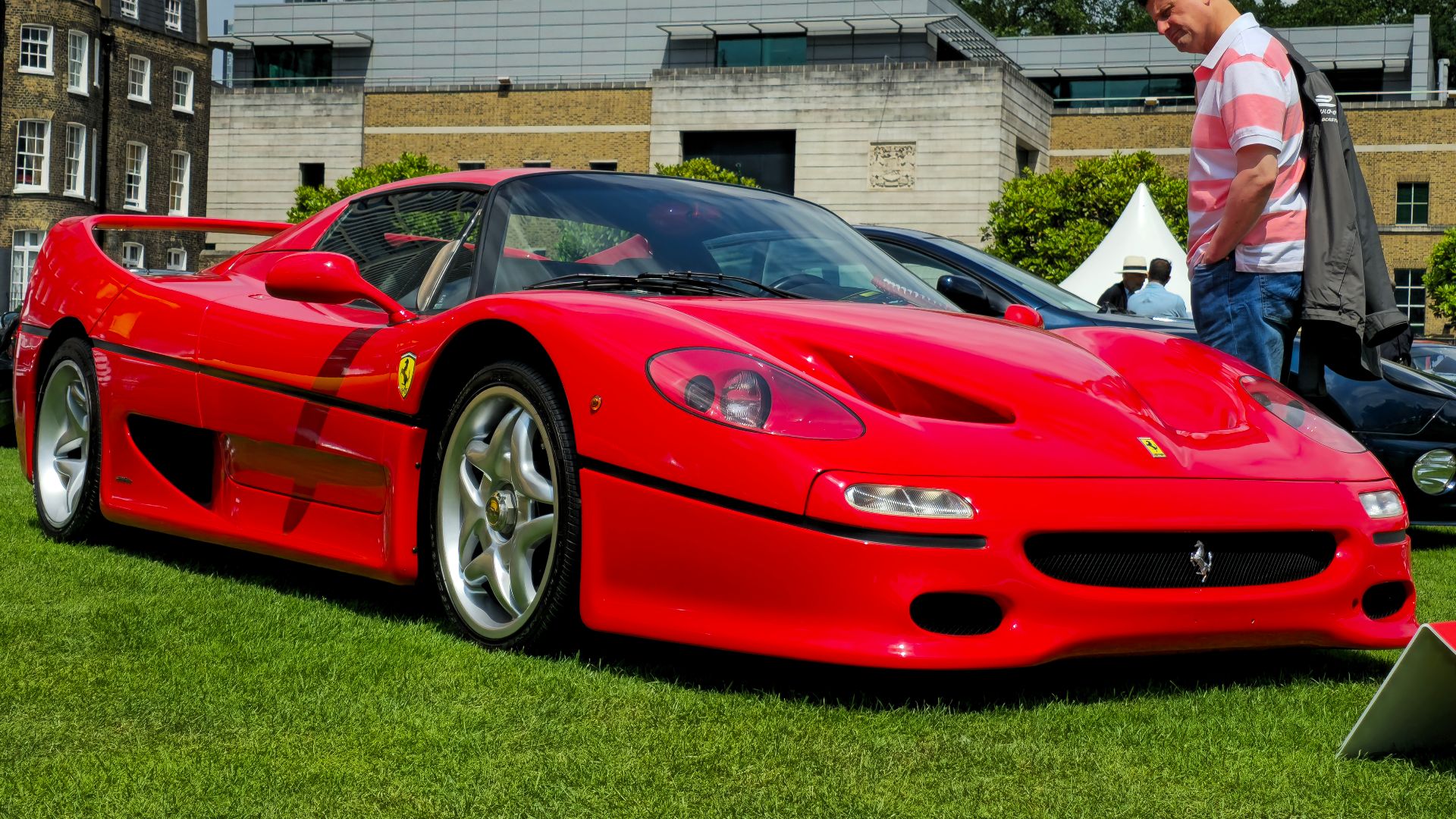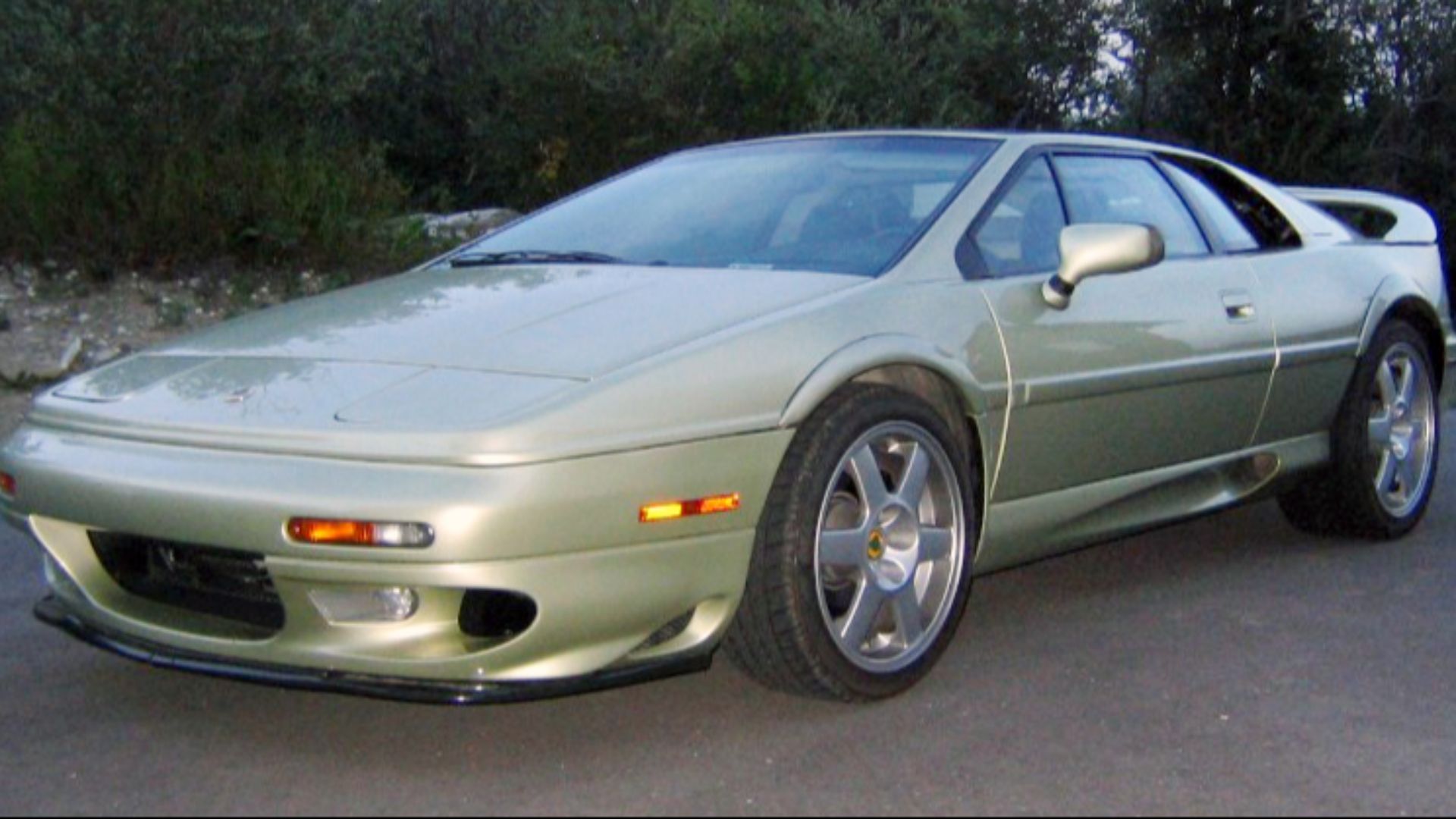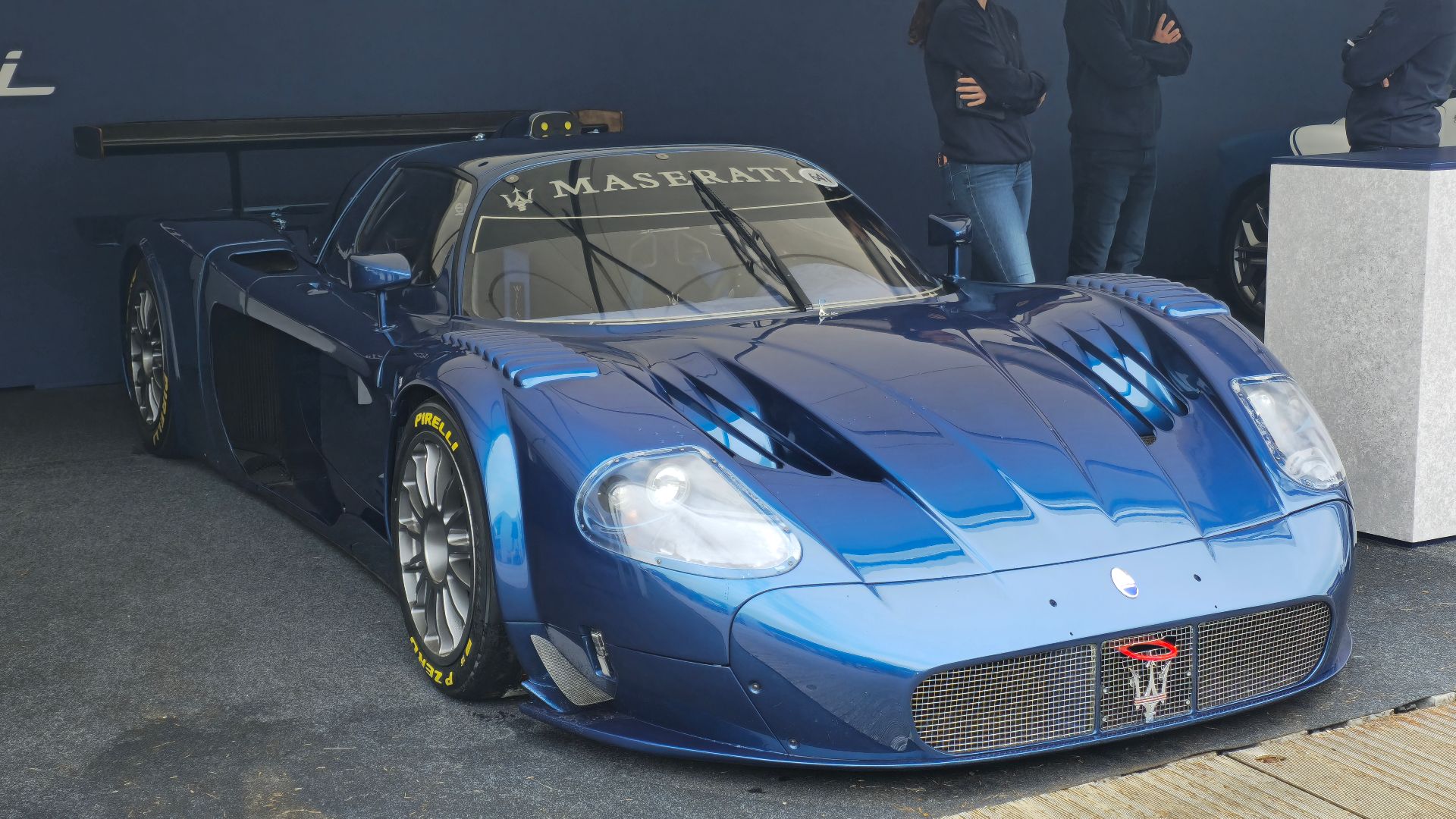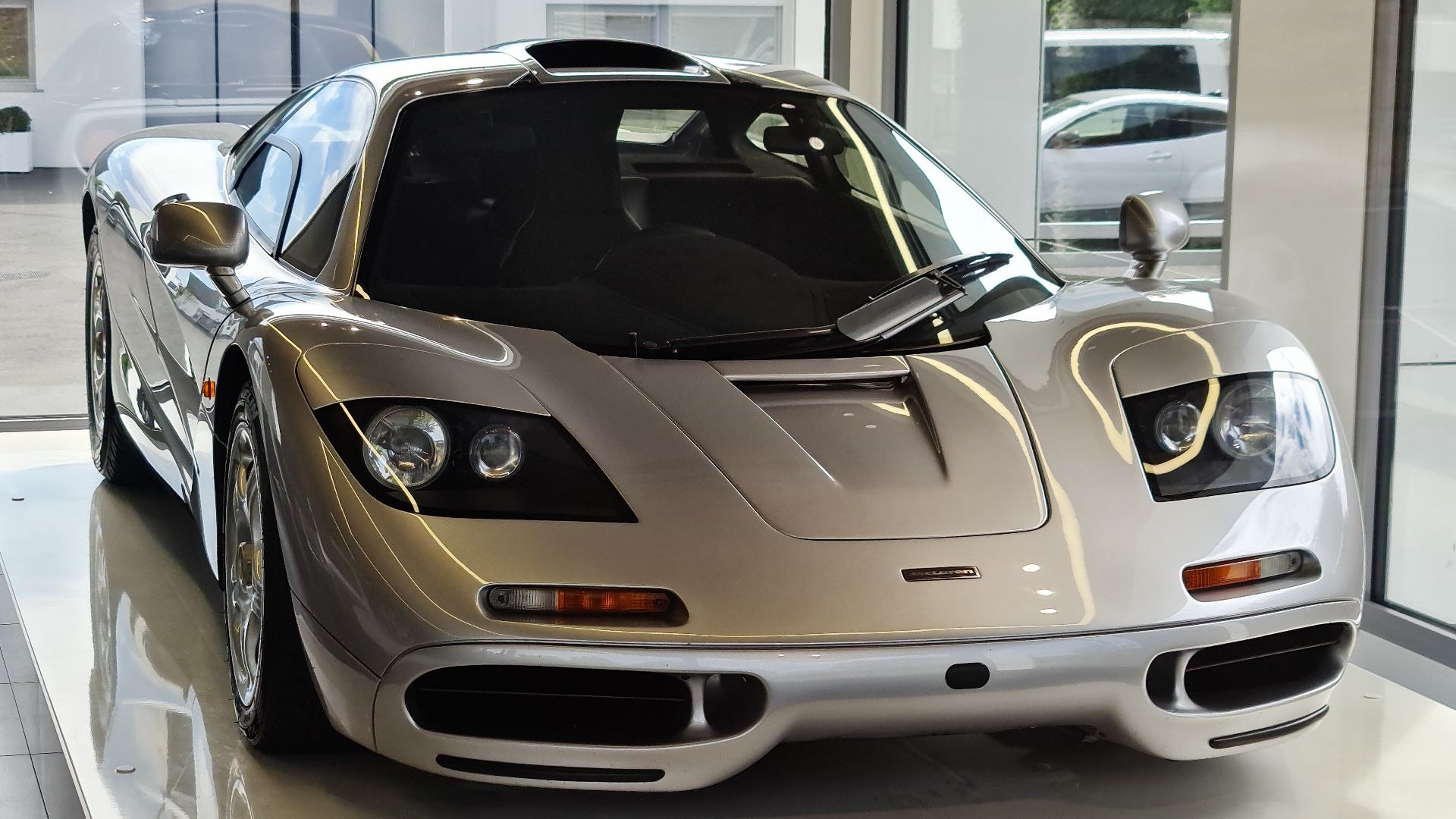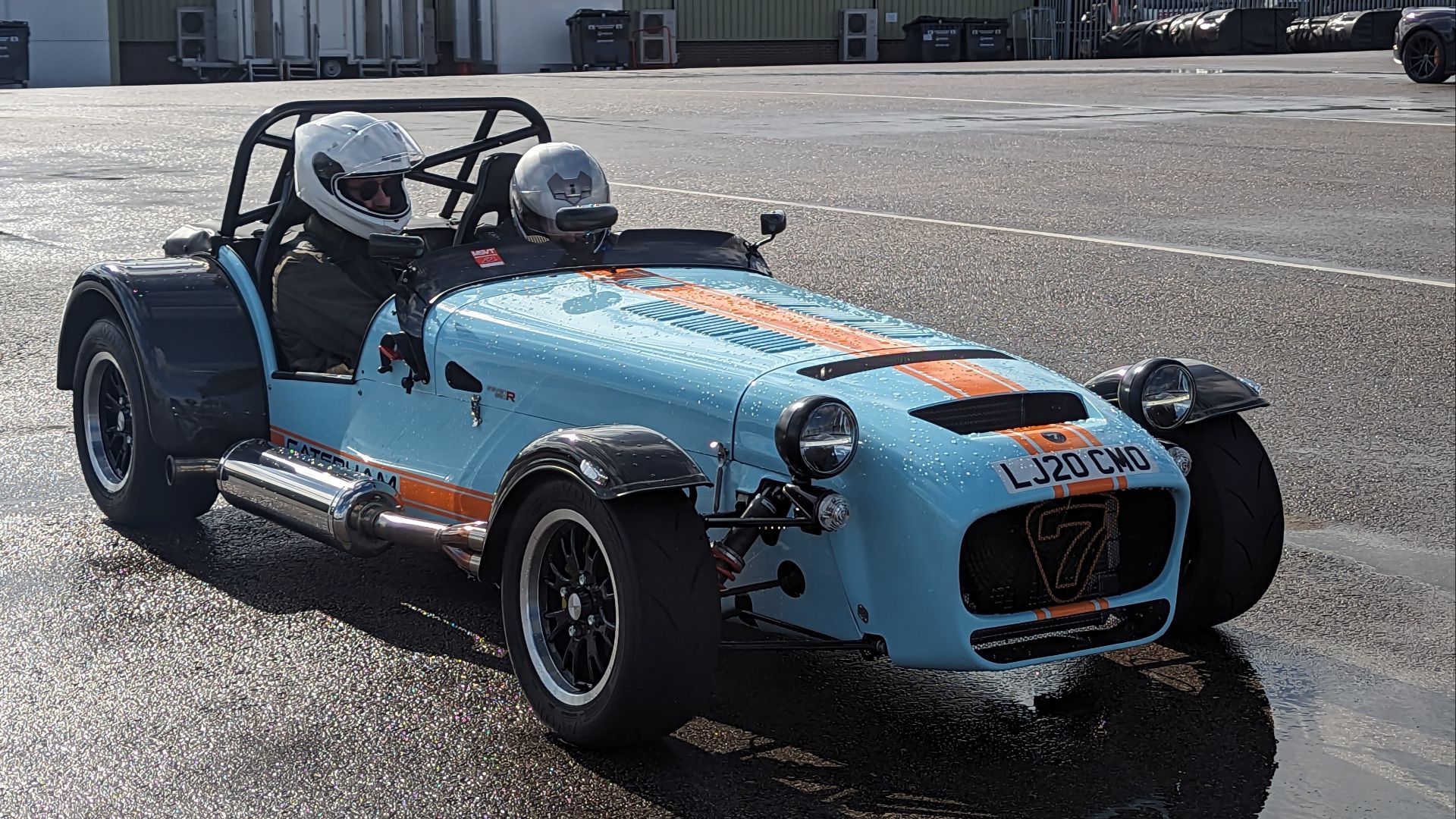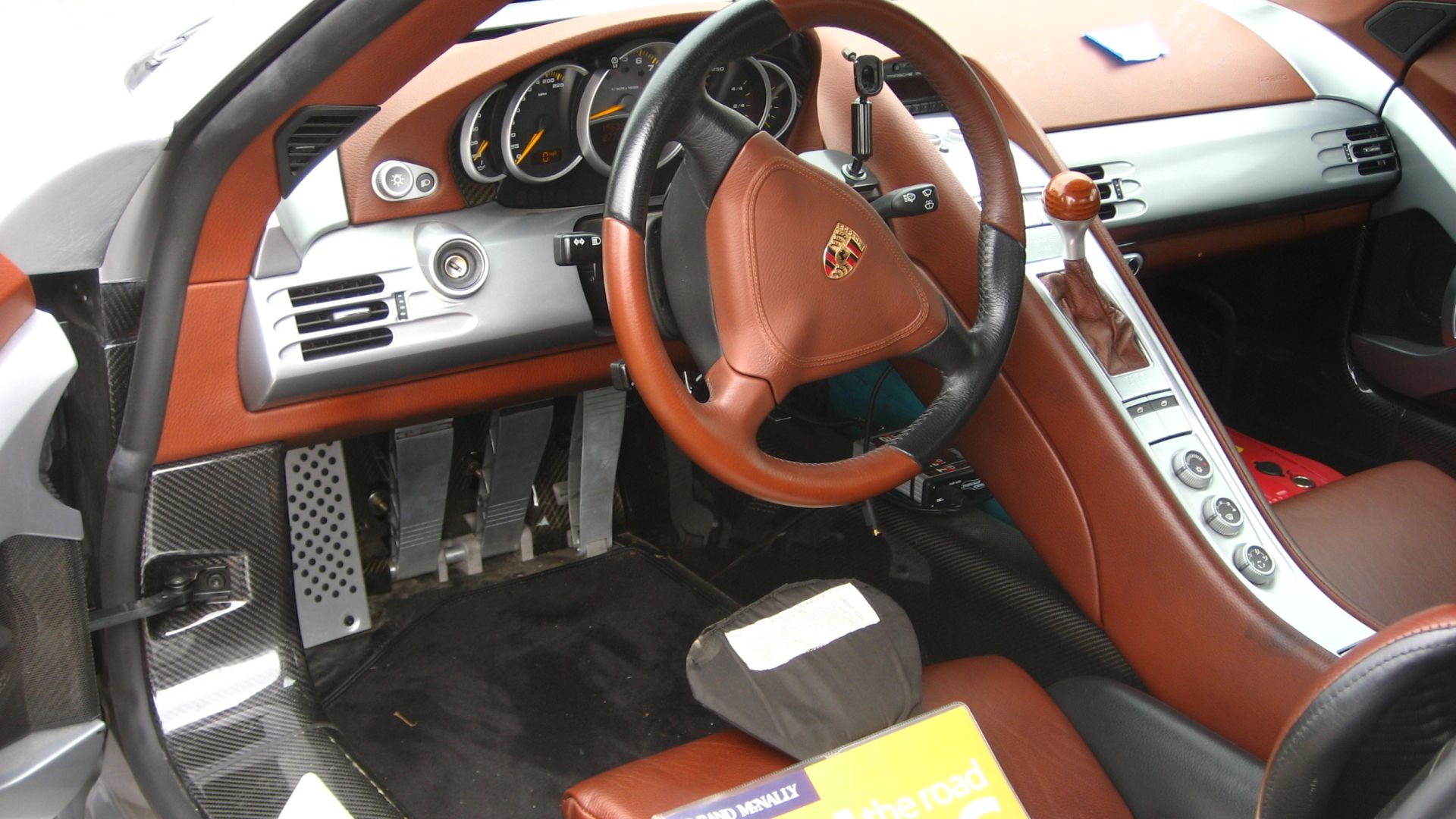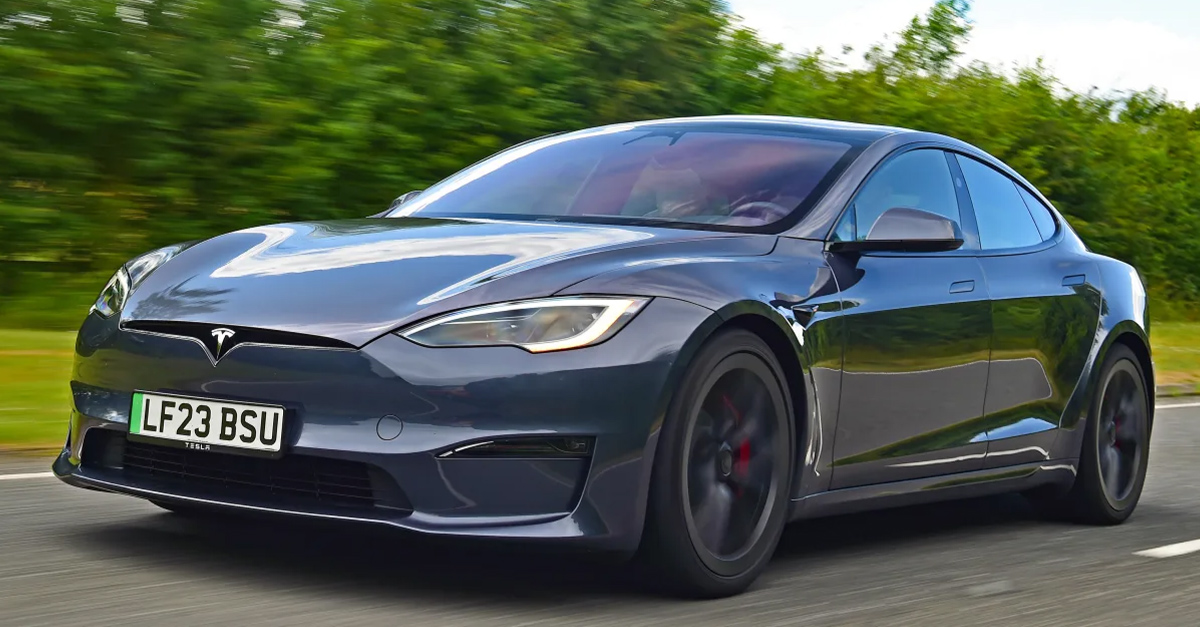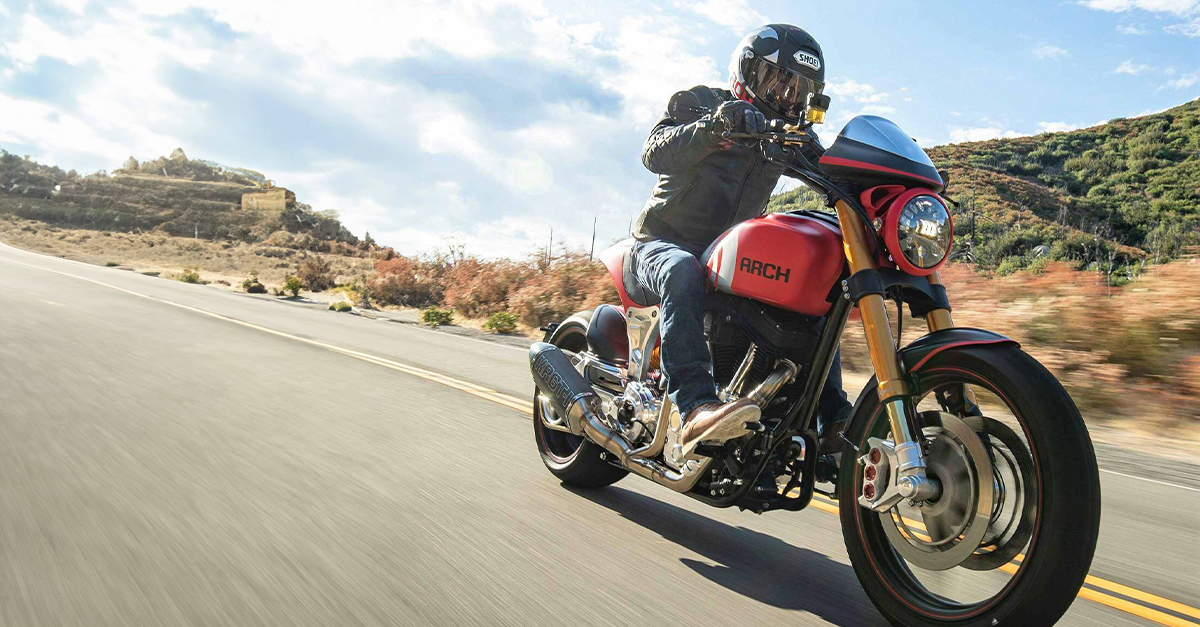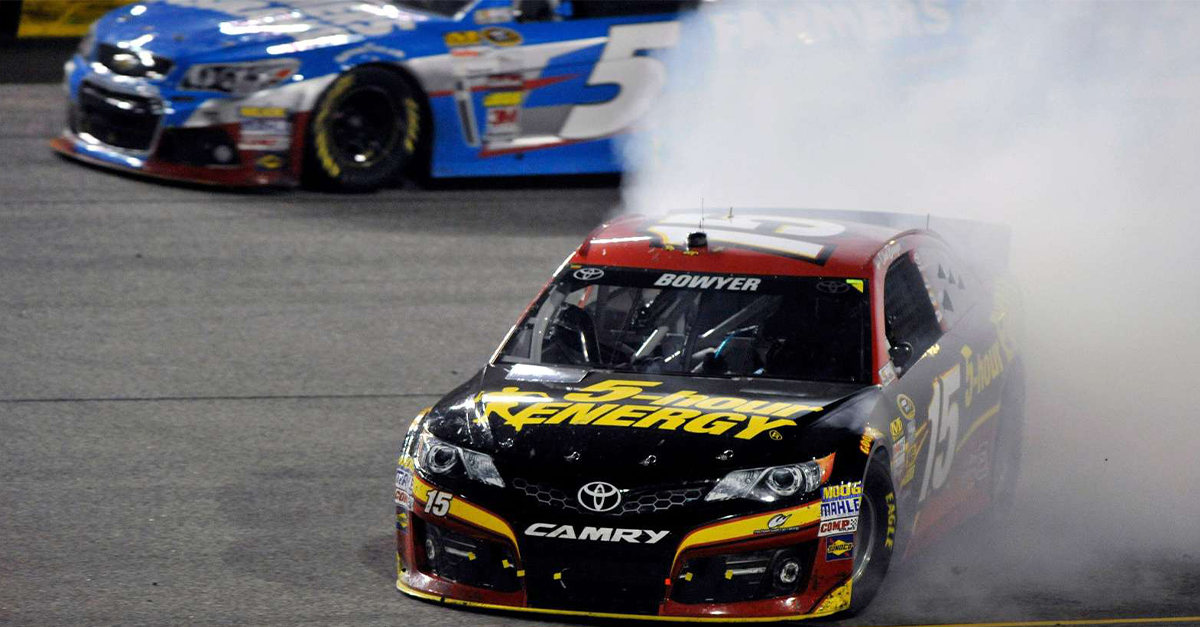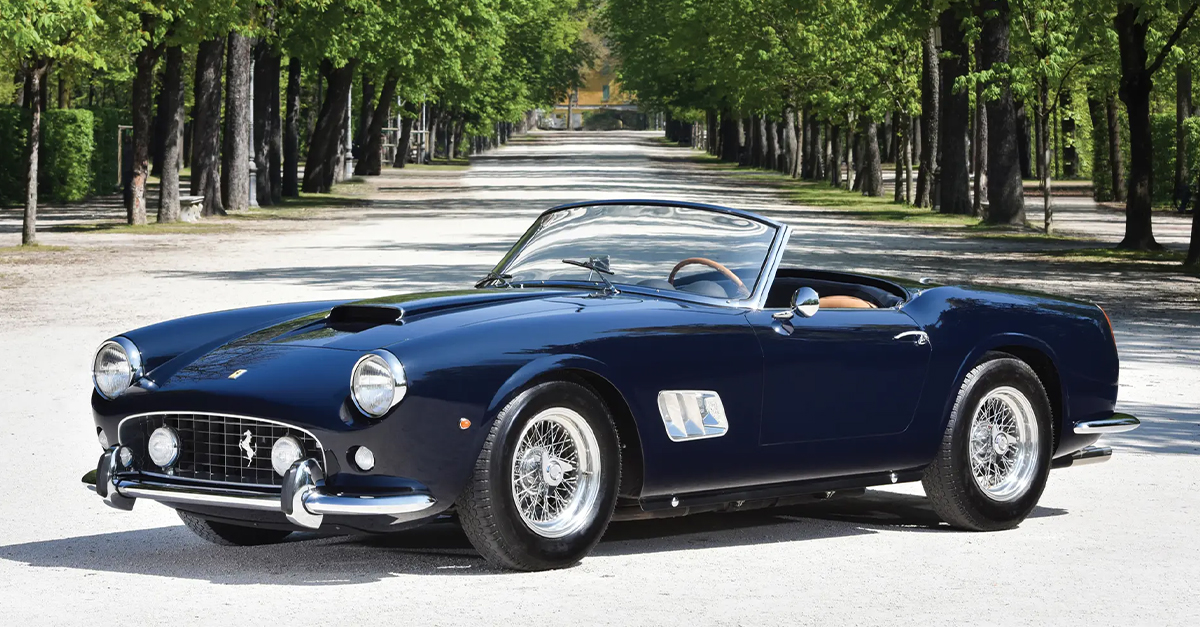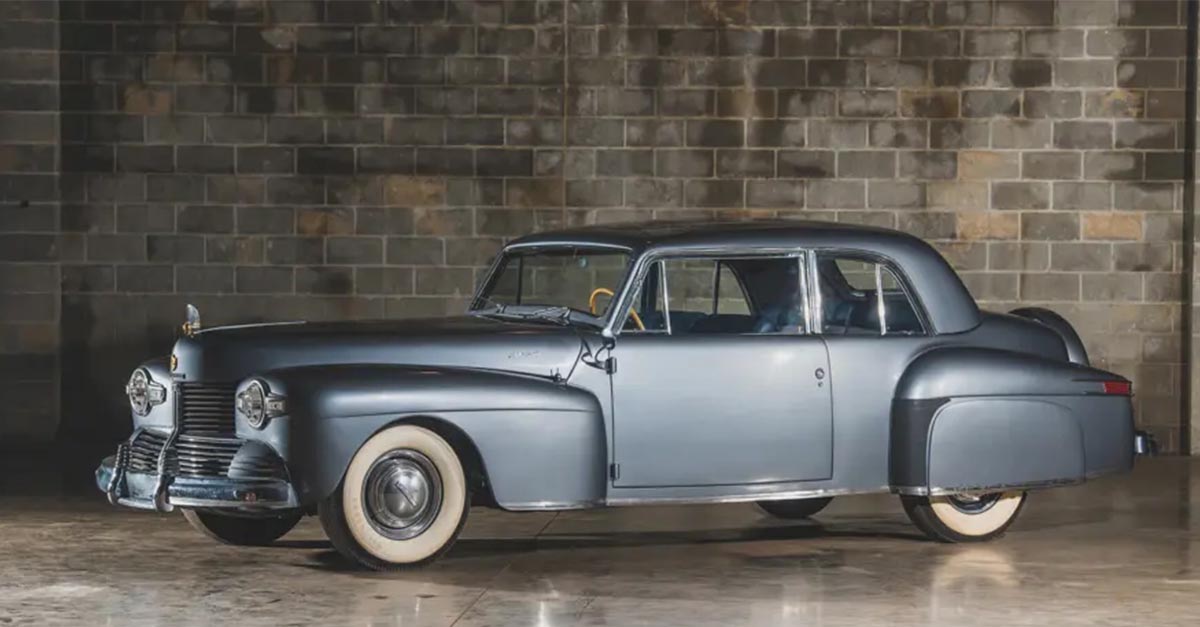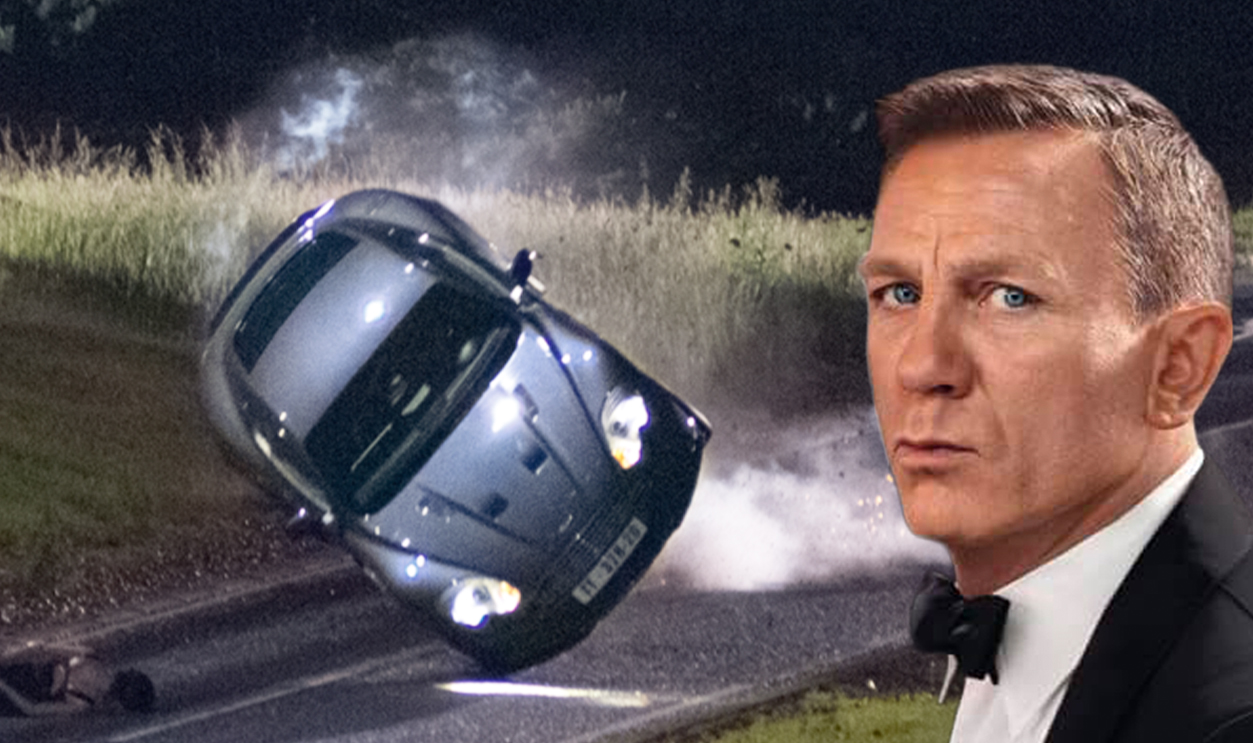The Manual Supercars That Rethought Transmissions
Few things in the automotive world are as romantic—or as endangered—as the manual transmission. Long before lightning-fast paddle shifters dominated the scene, the clutch pedal was a symbol of purity, control, and raw connection between driver and machine. This article celebrates 25 ultra-rare manual transmission supercars that didn’t just make history—they changed it.
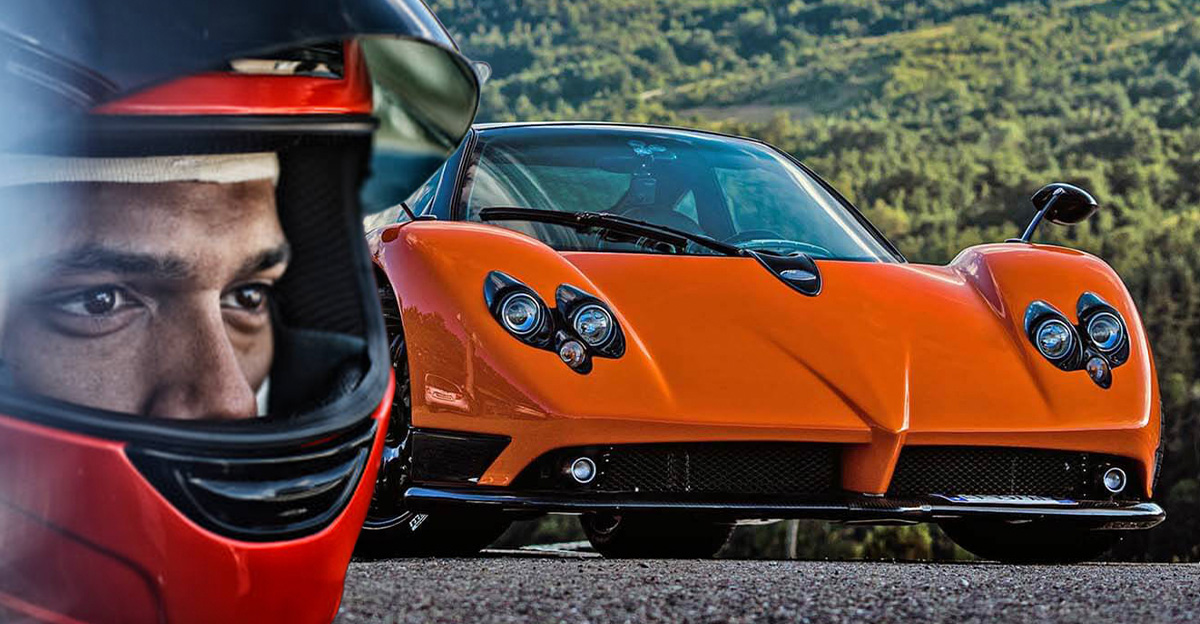 TaurusEmerald, Wikimedia Commons
TaurusEmerald, Wikimedia Commons
Ferrari F40
The Ferrari F40 was Enzo Ferrari’s final masterpiece—a twin-turbo V8 beast producing 478 horsepower through a five-speed manual gearbox. Its raw, unfiltered performance and analog feedback made it the quintessential driver’s car of the 1980s.
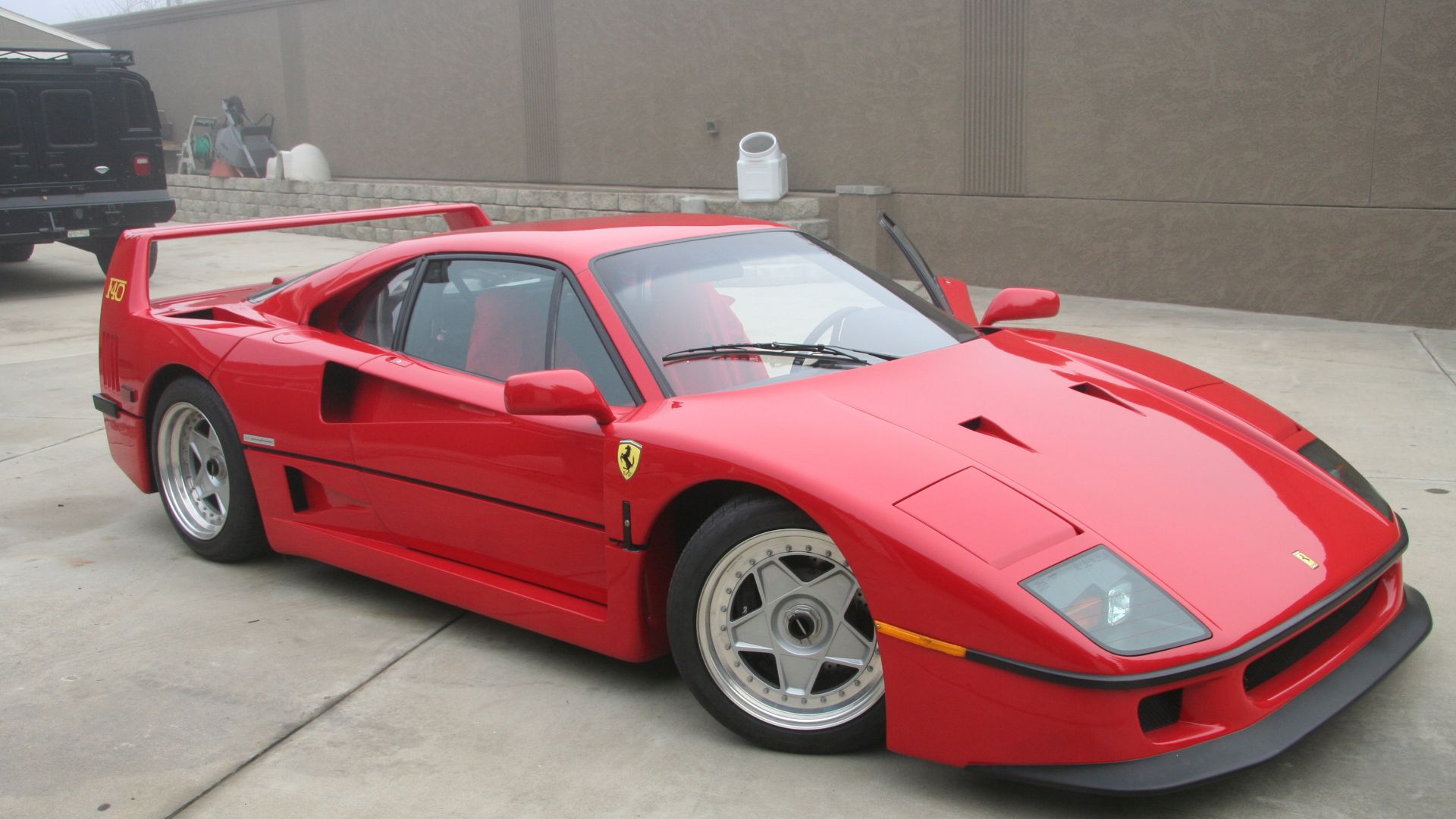 Carl Skaggs, Wikimedia Commons
Carl Skaggs, Wikimedia Commons
Lamborghini Diablo VT 6.0
The Diablo marked the end of Lamborghini’s purely mechanical era. The VT 6.0 combined a 550-hp V12 with a six-speed manual, requiring skill, strength, and bravery. It proved that supercars could be both refined and feral.
Porsche Carrera GT
Arguably the finest manual supercar ever made, the Porsche Carrera GT featured a 5.7-liter V10 derived from racing pedigree. Its six-speed manual and famously finicky carbon clutch made every drive an event. It’s the ultimate analog challenge.
Pagani Zonda F
Horacio Pagani’s carbon-fiber symphony came alive through a six-speed manual. With its AMG-sourced V12 and exquisite craftsmanship, the Zonda F bridged art and engineering in a way few cars ever have.
Aston Martin V12 Vantage S (Manual Edition)
When most supercars went automatic, Aston Martin made a stand. The 2017 V12 Vantage S offered a seven-speed manual—paired with a 563-hp V12. It was a swan song for purists and a reminder that analog passion still had a pulse.
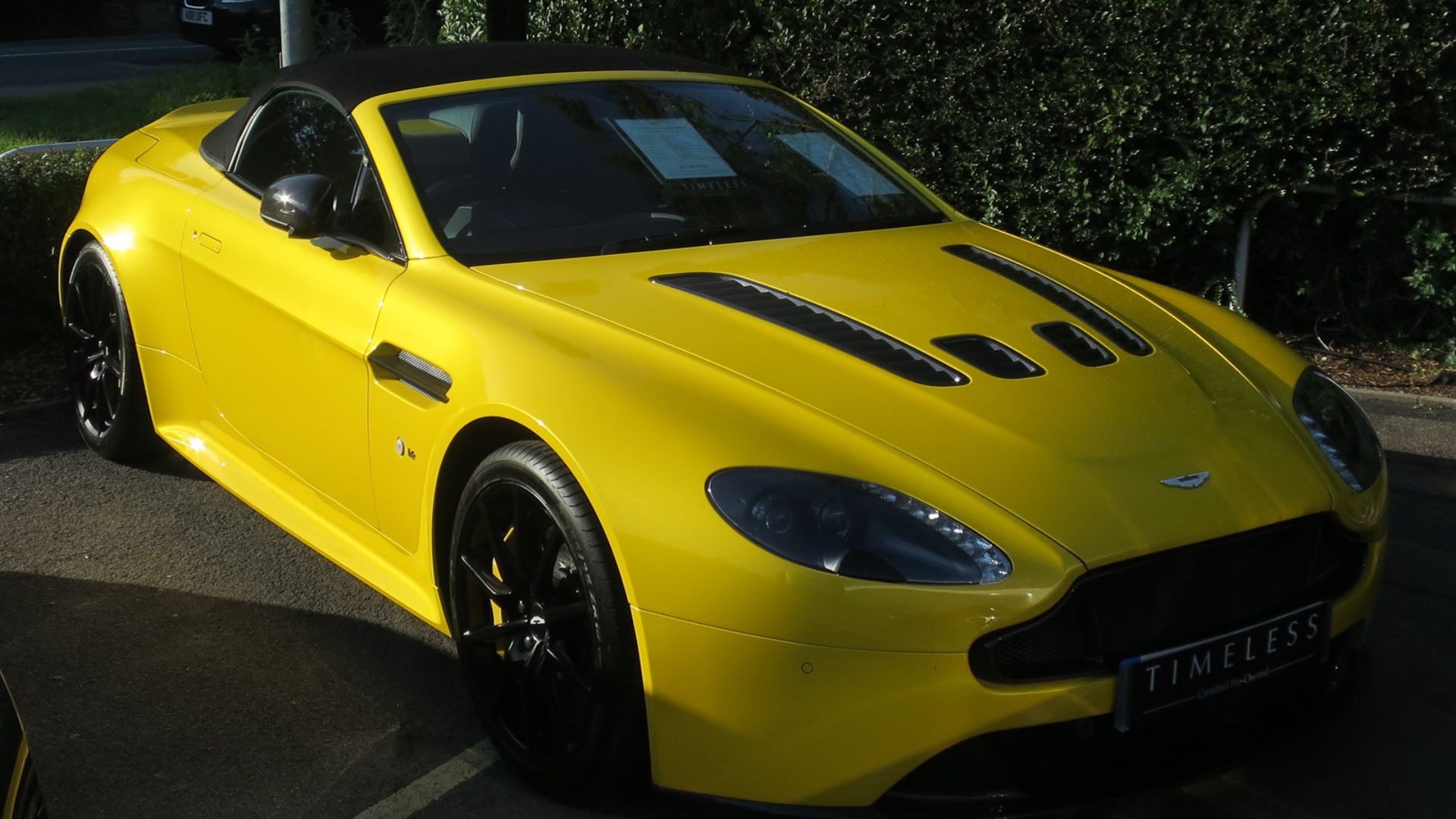 Hugh Venables, Wikimedia Commons
Hugh Venables, Wikimedia Commons
Ford GT (2005)
Ford’s 2005 GT paid homage to the Le Mans-winning GT40s of the 1960s, but with a modern 5.4-liter supercharged V8 and a slick six-speed manual. It redefined American performance for the 21st century.
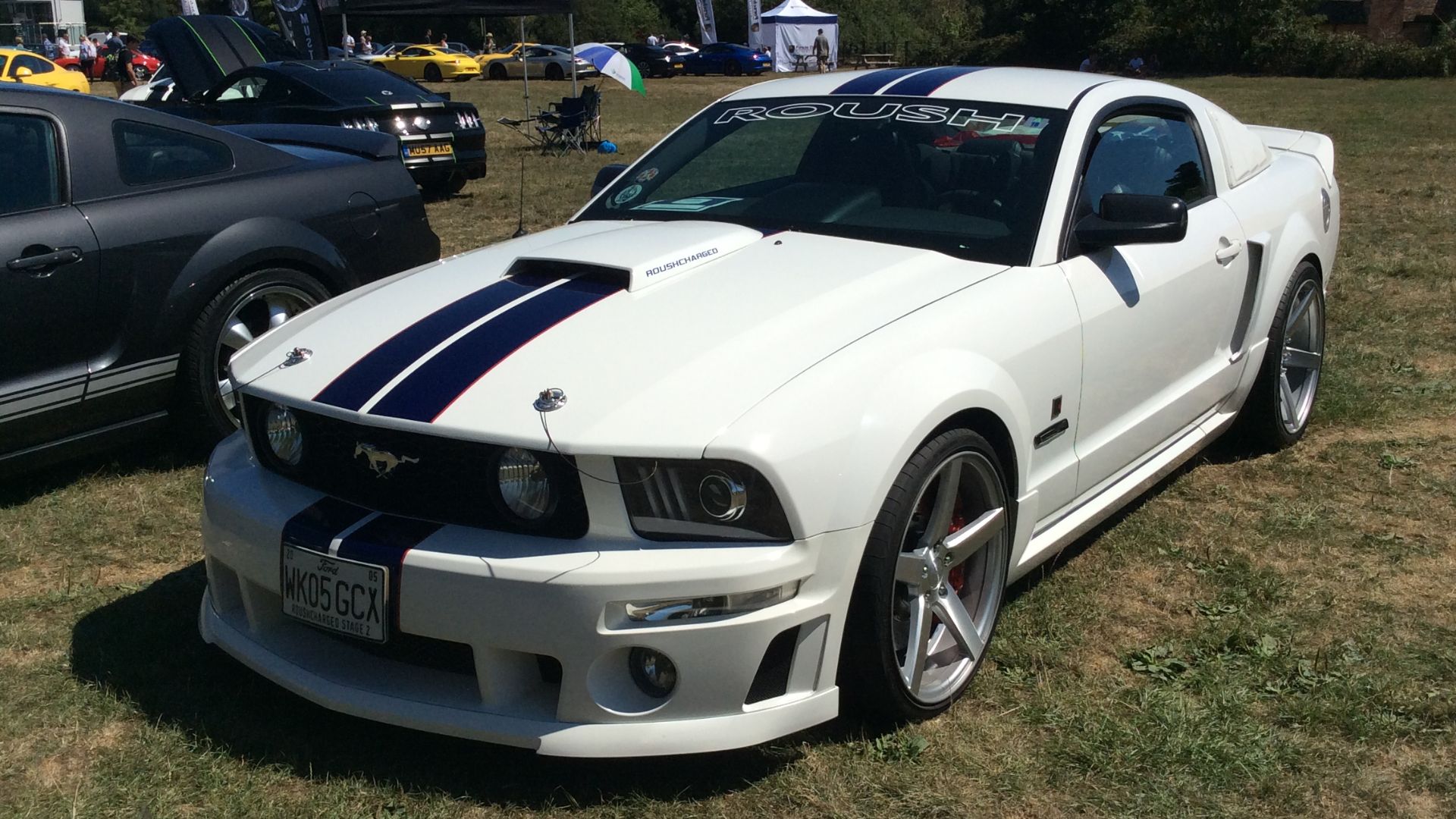 Carfanatic2019, Wikimedia Commons
Carfanatic2019, Wikimedia Commons
Lexus LFA Nürburgring Package (Prototype Manual)
Though never mass-produced with a manual, Lexus tested several manual LFA prototypes, proving that the brand’s 9,000-rpm V10 masterpiece could pair perfectly with a gated gearbox. Even as a concept, it sparked dreams of what could’ve been.
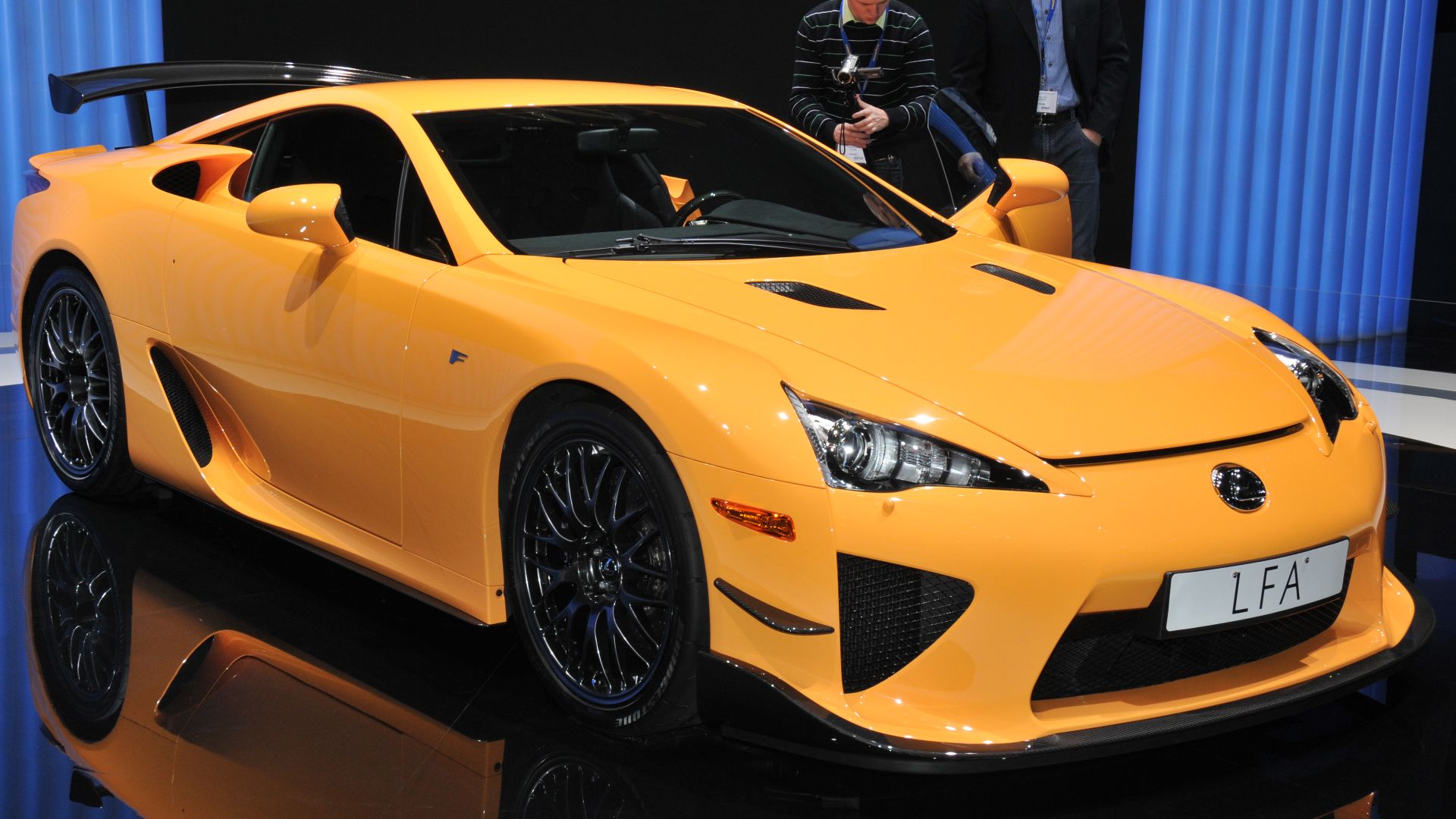 Autoviva from Portugal, Wikimedia Commons
Autoviva from Portugal, Wikimedia Commons
Honda NSX (First Generation)
Honda’s original NSX was the supercar that humbled Ferrari. With its mid-mounted V6 and razor-sharp five-speed manual, it blended reliability, usability, and precision—redefining what a supercar could be.
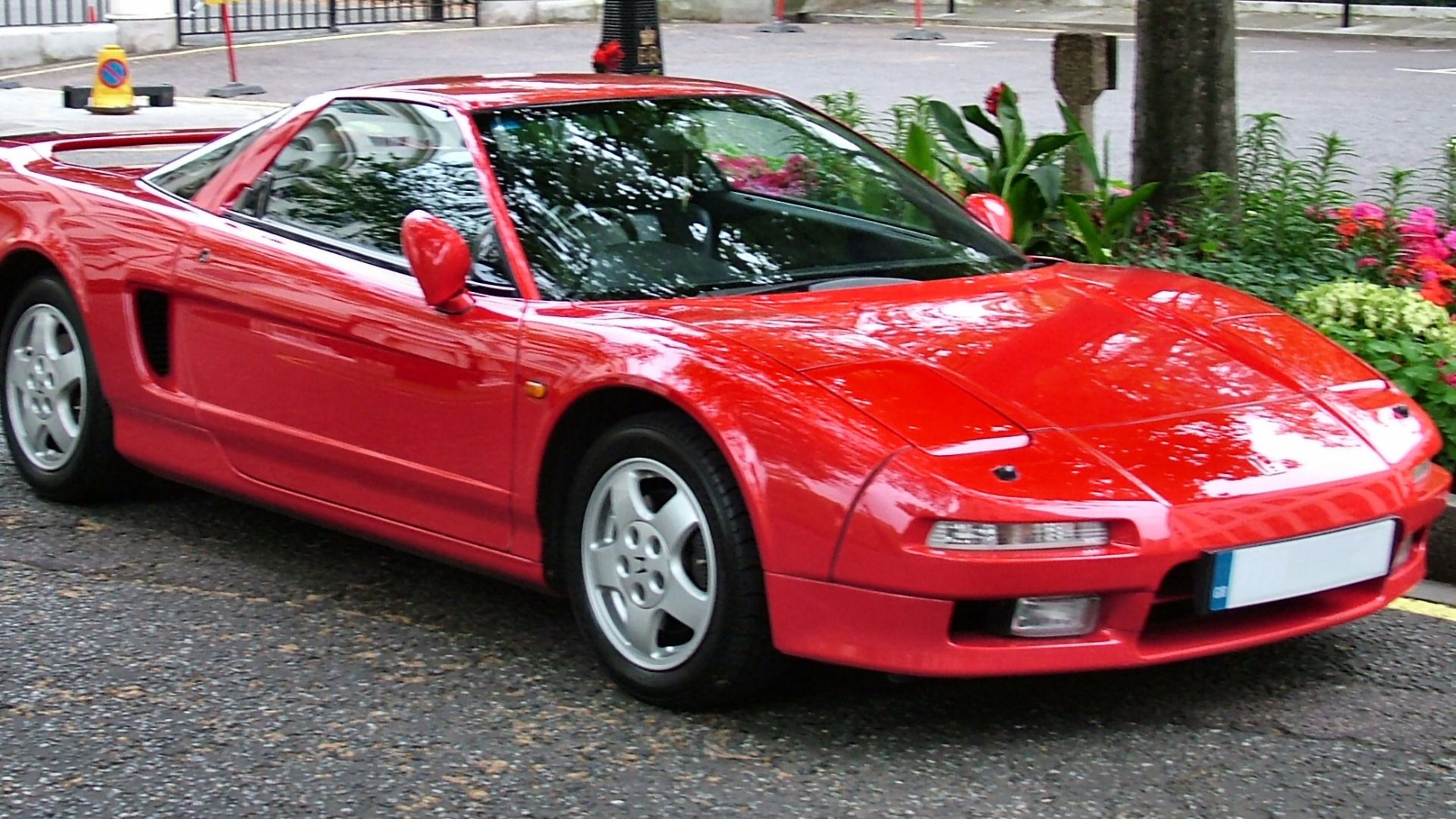 ed g2s • talk, Wikimedia Commons
ed g2s • talk, Wikimedia Commons
Ferrari 360 Modena
The 360 Modena’s open-gated six-speed remains one of the most satisfying Ferrari experiences ever. Smooth, musical, and beautifully balanced, it was the last truly analog V8 Ferrari before electronics took over.
Lamborghini Murciélago LP640
The LP640 was a 631-hp manual V12 monster that could still be ordered with a clutch pedal in the mid-2000s. With its long throw and heavy pedal, it demanded commitment—and rewarded it with soul.
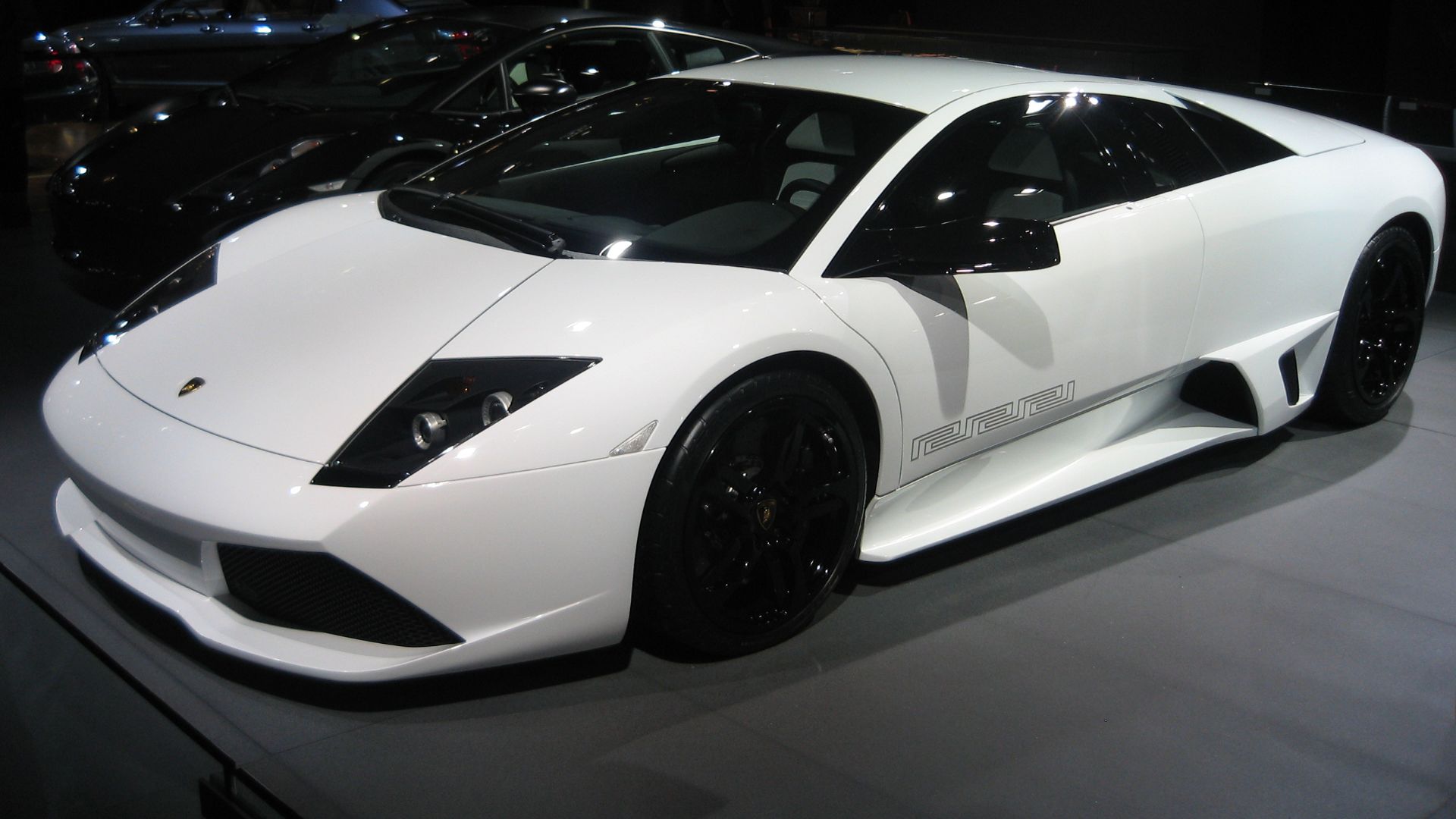 Lennart Coopmans, Wikimedia Commons
Lennart Coopmans, Wikimedia Commons
Dodge Viper ACR
America’s answer to the European exotic, the Dodge Viper ACR combined an 8.4-liter V10 with a six-speed Tremec manual. It didn’t care for traction control or dual clutches—it was pure, brutal, and utterly analog.
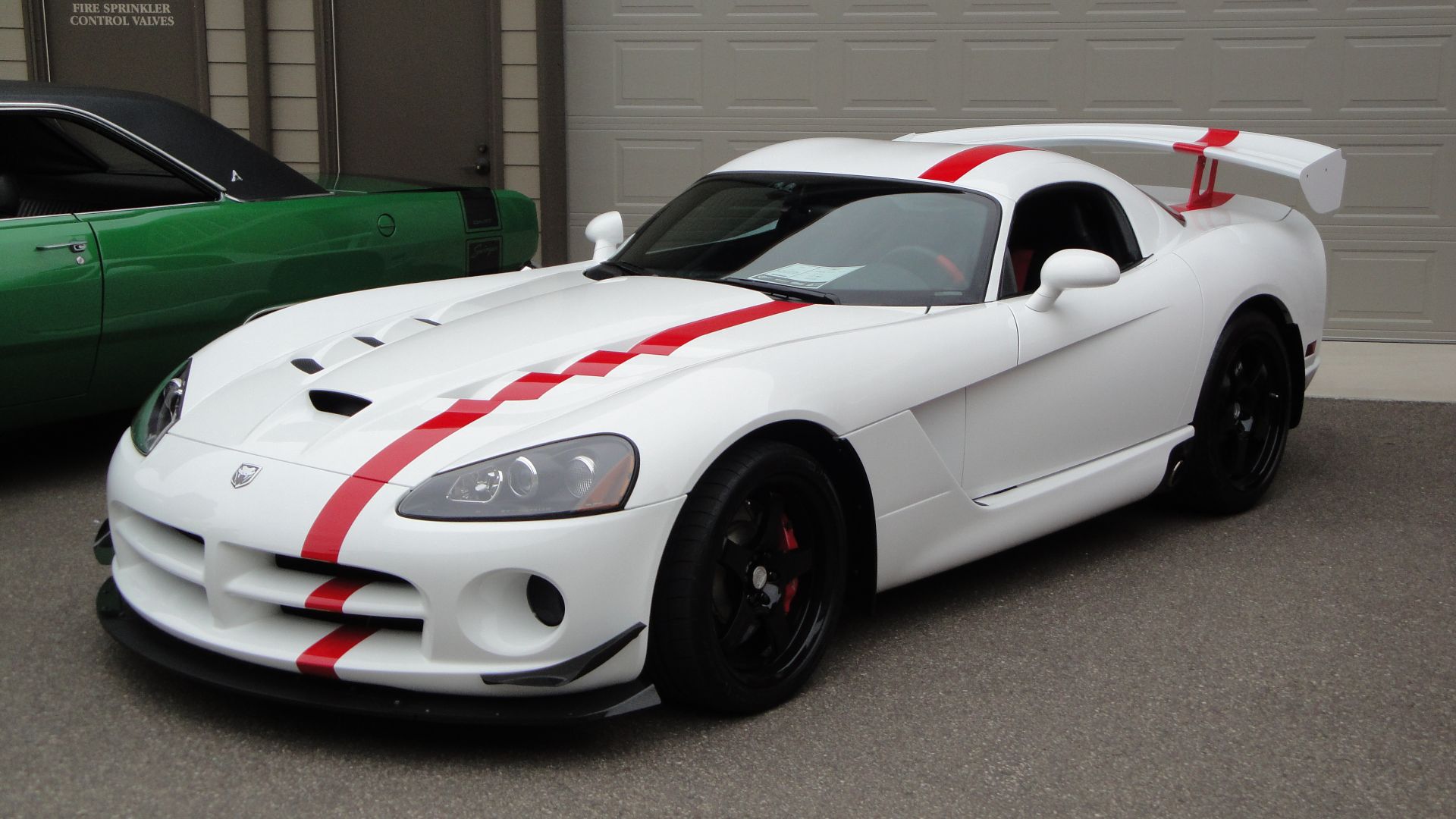 Greg Gjerdingen from Willmar, USA, Wikimedia Commons
Greg Gjerdingen from Willmar, USA, Wikimedia Commons
Chevrolet Corvette Z06 (C6)
The C6 Z06 was the ultimate value supercar of its era. A 7.0-liter LS7 V8 revved to 7,000 rpm and mated to a six-speed manual, it rivaled Ferraris at a fraction of the price. A true American manual legend.
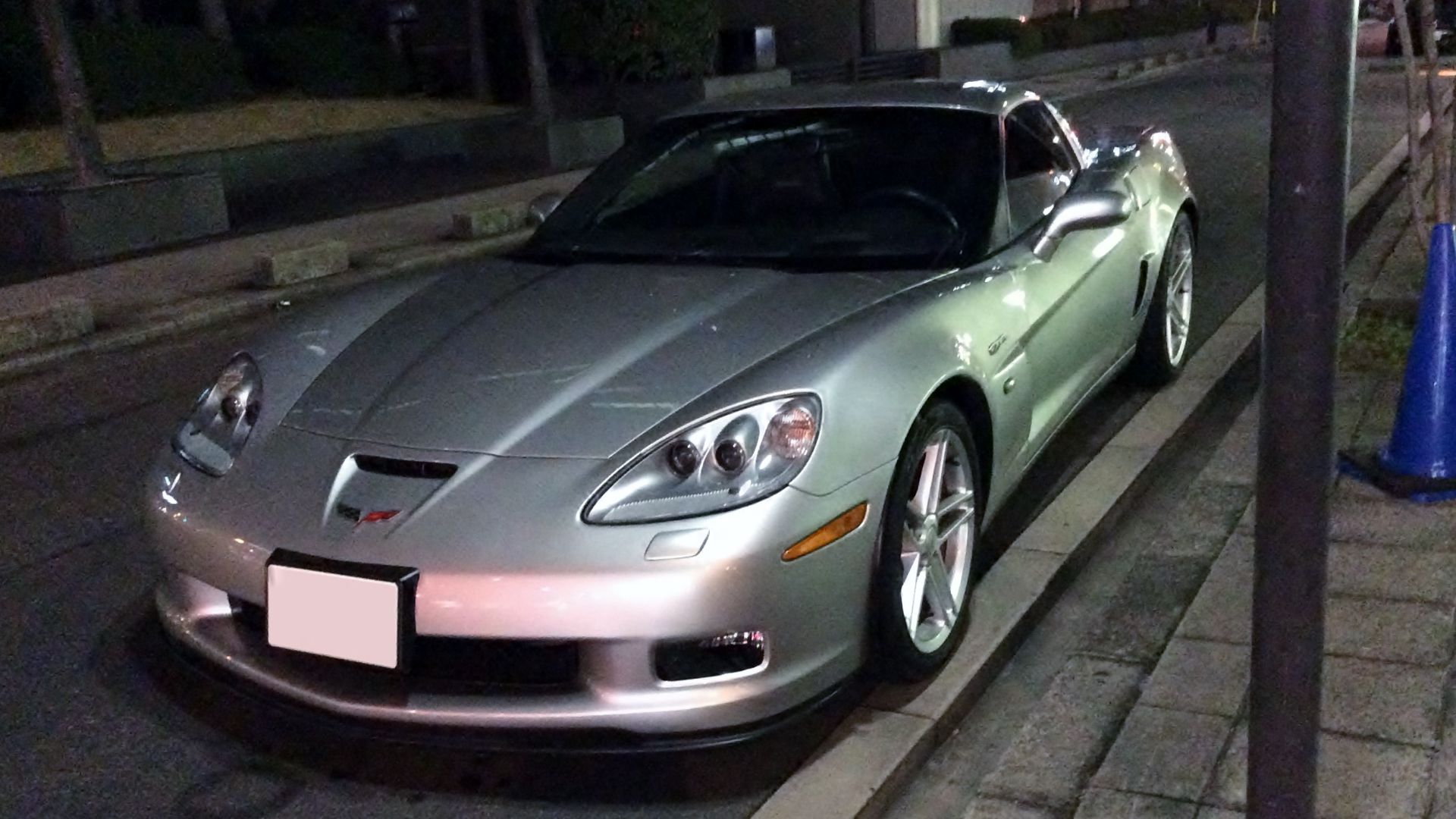 Tokumeigakarinoaoshima, Wikimedia Commons
Tokumeigakarinoaoshima, Wikimedia Commons
Ferrari 599 GTB Fiorano (Gated Manual)
Only a handful of Ferrari 599s left Maranello with a gated six-speed, making them some of the rarest Ferraris ever. The 612-hp V12 paired with a clutch pedal was Ferrari’s last manual grand tourer—an instant collectible.
BMW M1
BMW’s first and only mid-engine supercar came with a five-speed manual and a race-bred straight-six. Built for Group 4 racing, the M1’s rarity and analog purity make it one of the most historically important manuals ever.
Noble M600
The Noble M600 proved that small-batch British engineering could still thrill purists. Its twin-turbo V8 and six-speed manual produced 650 horsepower without traction control. Every input—and mistake—was yours alone.
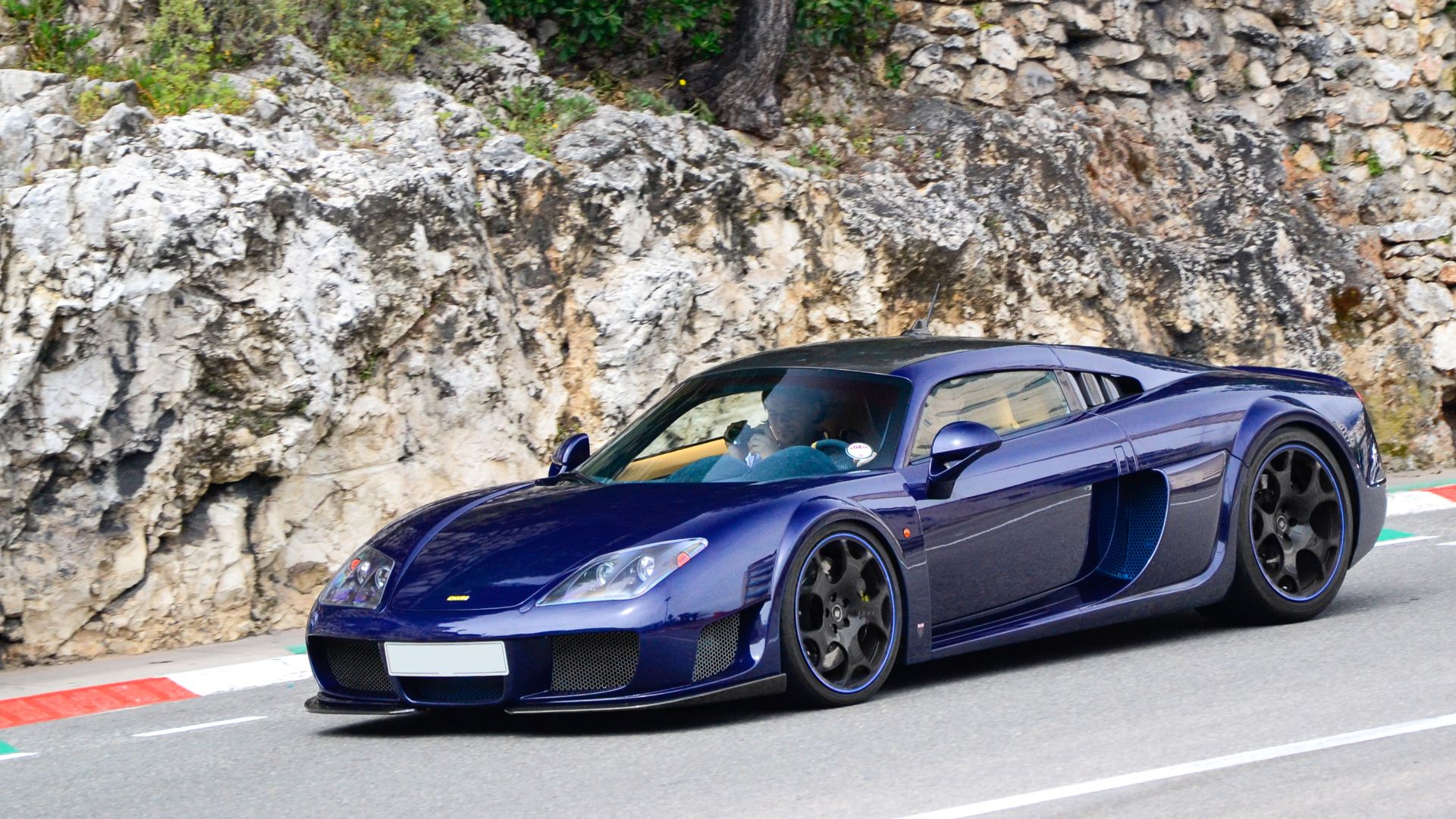 Alexandre Prévot from Nancy, France, Wikimedia Commons
Alexandre Prévot from Nancy, France, Wikimedia Commons
Porsche 911 R (991)
The 911 R was Porsche’s love letter to purists—a lightweight, naturally aspirated flat-six mated to a six-speed manual. Limited to just 991 units, it reignited the manual’s status among modern supercars.
Ferrari 550 Maranello
The 550 revived Ferrari’s front-engine, rear-wheel-drive V12 GT heritage. With its gated six-speed and timeless design, it blended performance with usability, setting the tone for the modern front-engine Ferrari formula.
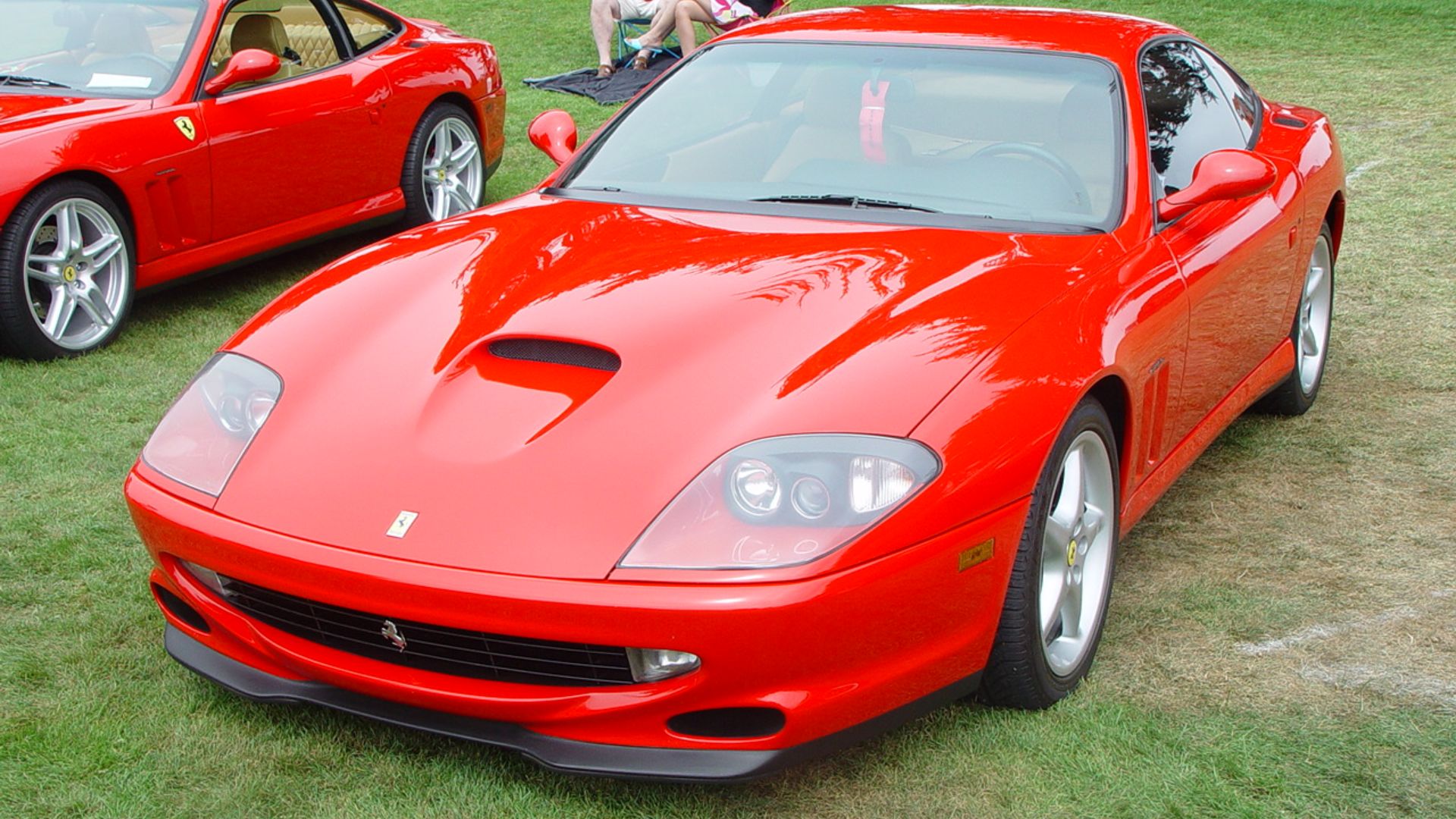 Craig Howell from San Carlos, CA, USA, Wikimedia Commons
Craig Howell from San Carlos, CA, USA, Wikimedia Commons
Lamborghini Gallardo LP550-2
This was the last Lamborghini offered with a true manual gearbox. A rear-wheel-drive, 550-hp V10 with an open gate, it offered pure engagement before Lamborghini went fully automatic.
Toyota Supra Mk4
The A80 Supra’s six-speed Getrag manual and twin-turbo inline-six achieved mythic status. It blurred the line between sports car and supercar, showing Japan could out-engineer the best in Maranello or Stuttgart.
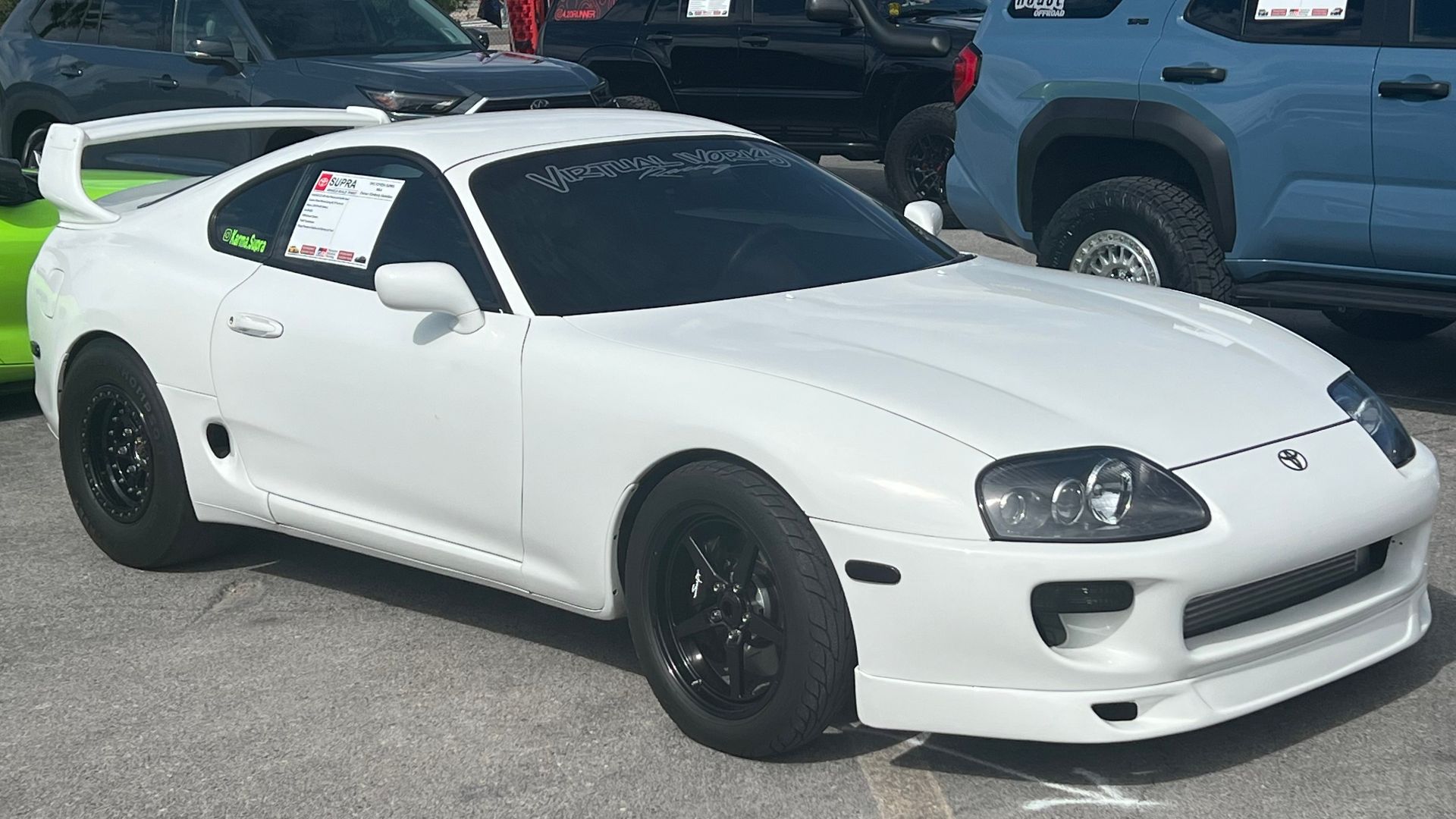 TaurusEmerald, Wikimedia Commons
TaurusEmerald, Wikimedia Commons
Acura NSX Type R (NA2)
The Japan-only NSX Type R was lighter, sharper, and fitted with a close-ratio manual transmission. It proved that precision engineering and driver connection could define a supercar as much as raw power.
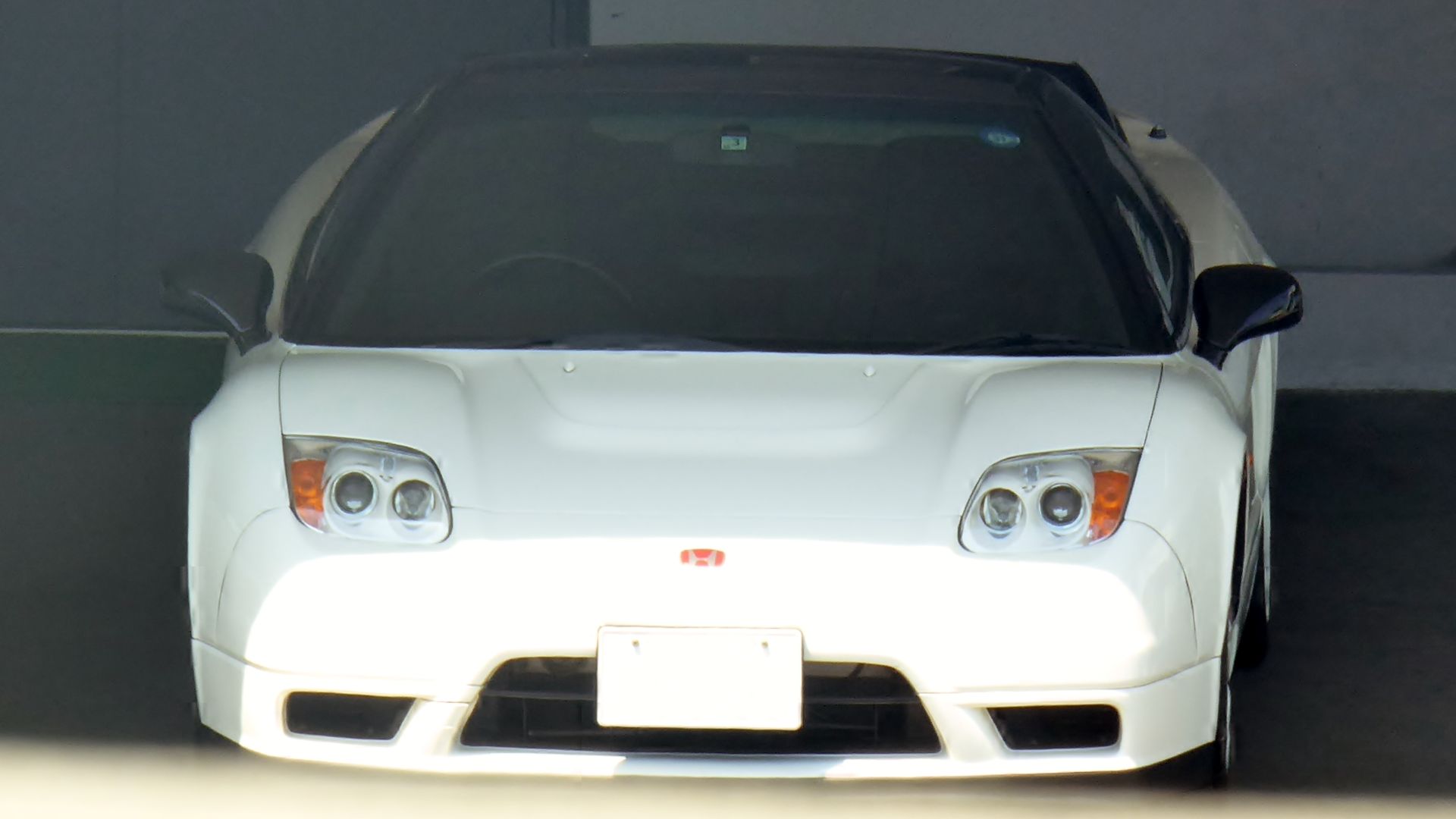 Tokumeigakarinoaoshima, Wikimedia Commons
Tokumeigakarinoaoshima, Wikimedia Commons
Ferrari F50
The F50 was Ferrari’s Formula 1 car for the road. With a naturally aspirated V12 from an F1 engine and a six-speed manual, it embodied mechanical purity. Every shift echoed the sound of motorsport heritage.
Lotus Esprit V8
Lotus kept the manual flame alive deep into the 2000s. The Esprit V8, with its twin-turbo setup and close-ratio five-speed, was one of the last truly analog British supercars before the digital age dawned.
Koenigsegg CC8S
Before Koenigsegg became synonymous with advanced tech, the CC8S was a handmade, manual-shifting supercar. With 655 horsepower and a six-speed transmission, it set the foundation for Sweden’s supercar revolution.
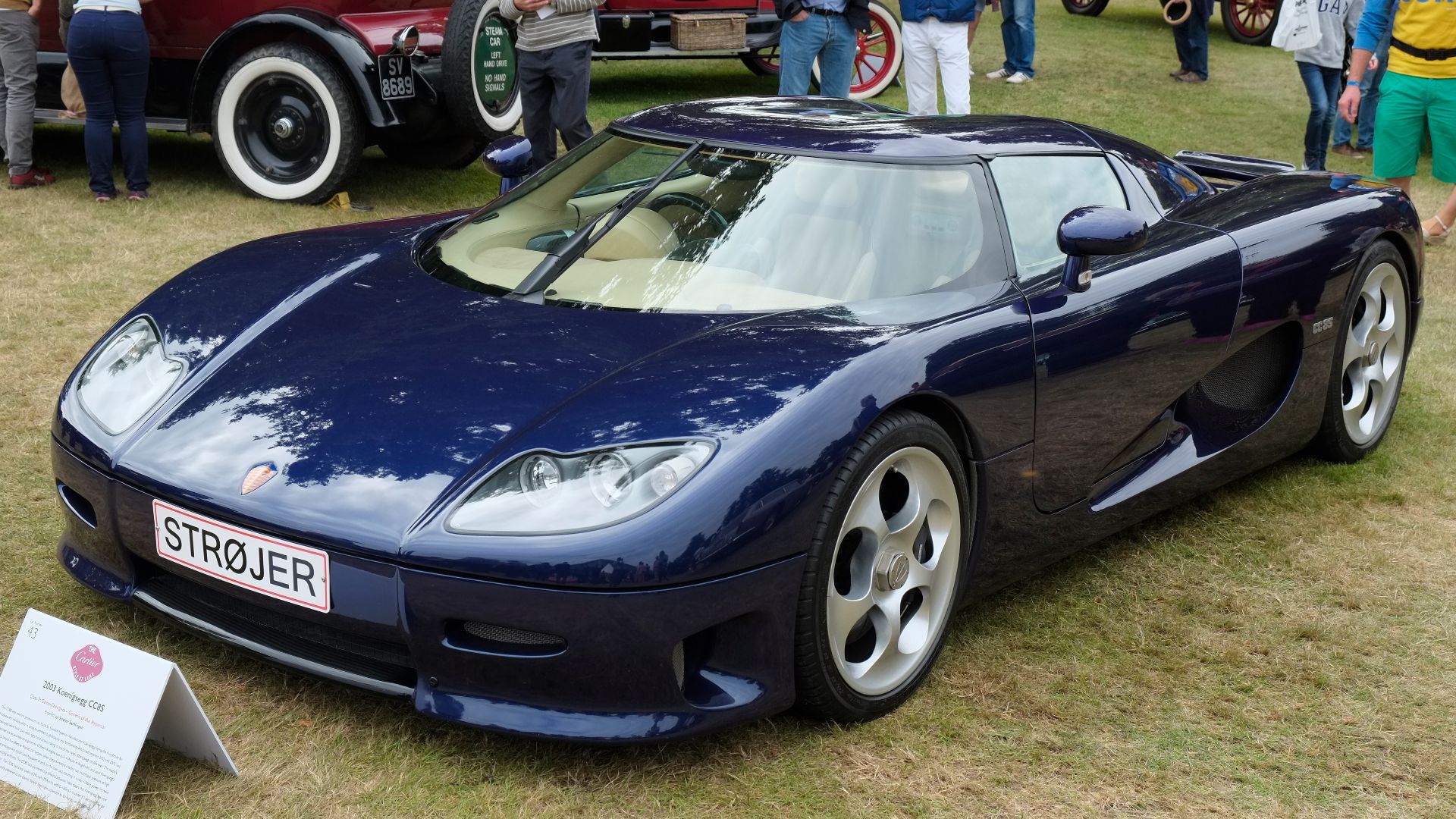 Andrew Basterfield, Wikimedia Commons
Andrew Basterfield, Wikimedia Commons
Maserati MC12 (Manual Prototype)
Although production versions used an F1-style gearbox, Maserati developed several manual MC12 test mules. These ultra-rare prototypes are whispers of a time when even hypercars flirted with three-pedal perfection.
McLaren F1
No list of manual legends is complete without the McLaren F1. Its 6.1-liter BMW V12, six-speed manual, and central driving position defined the 1990s supercar era. It remains the purest, most coveted analog machine ever made.
Caterham Seven 620R
The 620R might not be a “supercar” by traditional standards, but its power-to-weight ratio beats nearly all of them. A six-speed manual and minimalist chassis turn driving into a mechanical symphony—proof that engagement trumps horsepower.
The Legacy Of Three Pedals
In today’s world of instant upshifts and computer-aided control, the manual transmission has become an act of rebellion. These 25 supercars stand as monuments to the bond between driver and machine. They remind us that in a universe of speed and sophistication, the most profound thrill still comes from a well-timed shift and the satisfying click of a gated gate.
You May Also Like:
Anyone Who Drives Stick Will Tell You These Cars Are Classics
The Most American-Made Cars Ranked—According To Data

